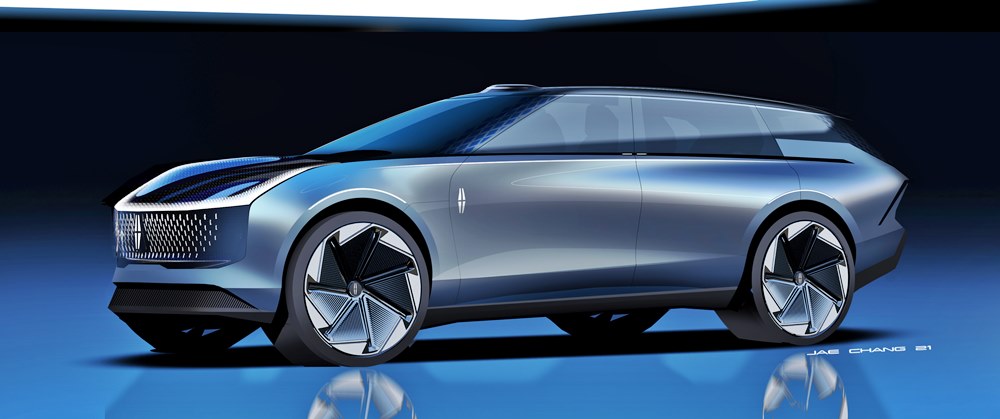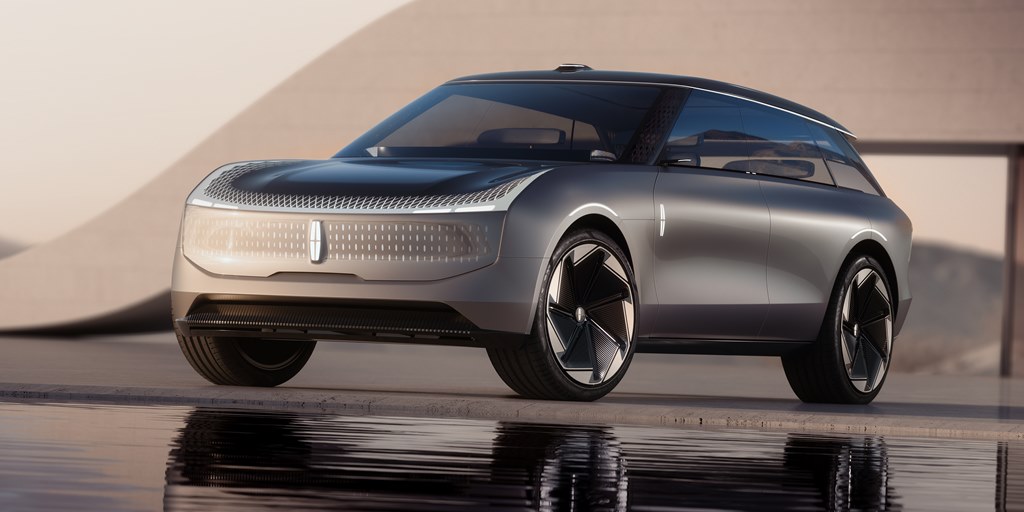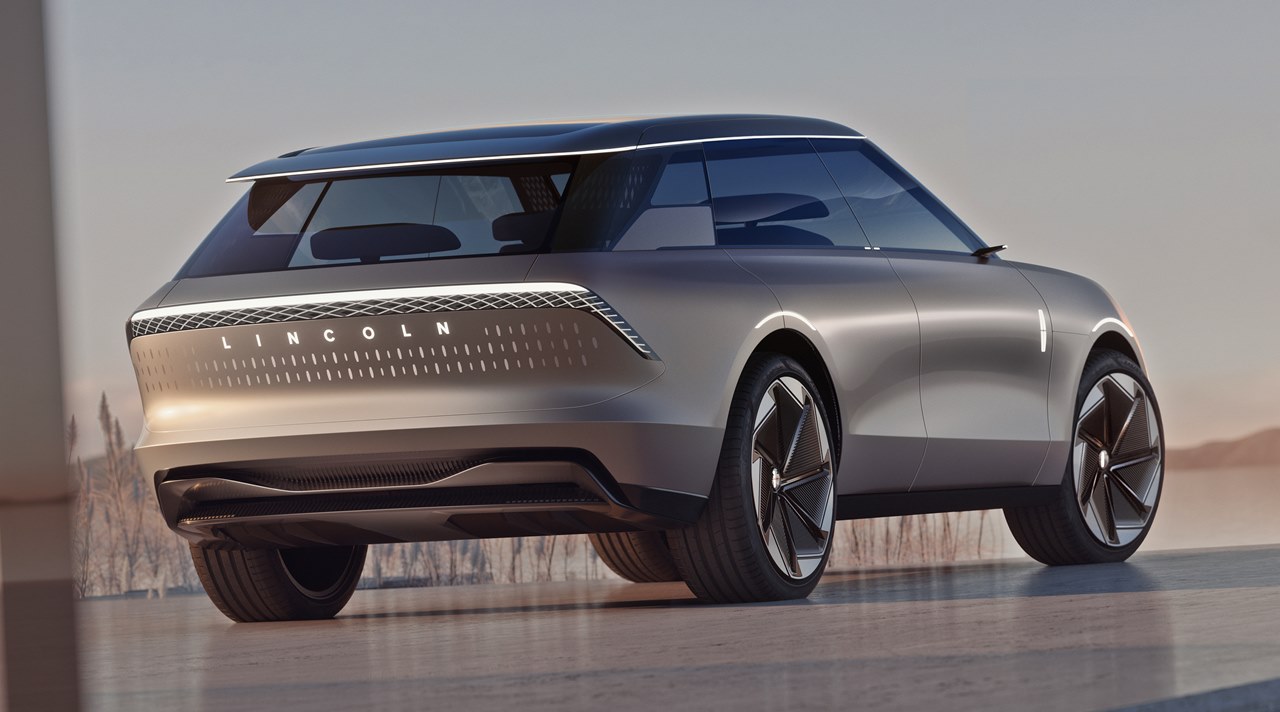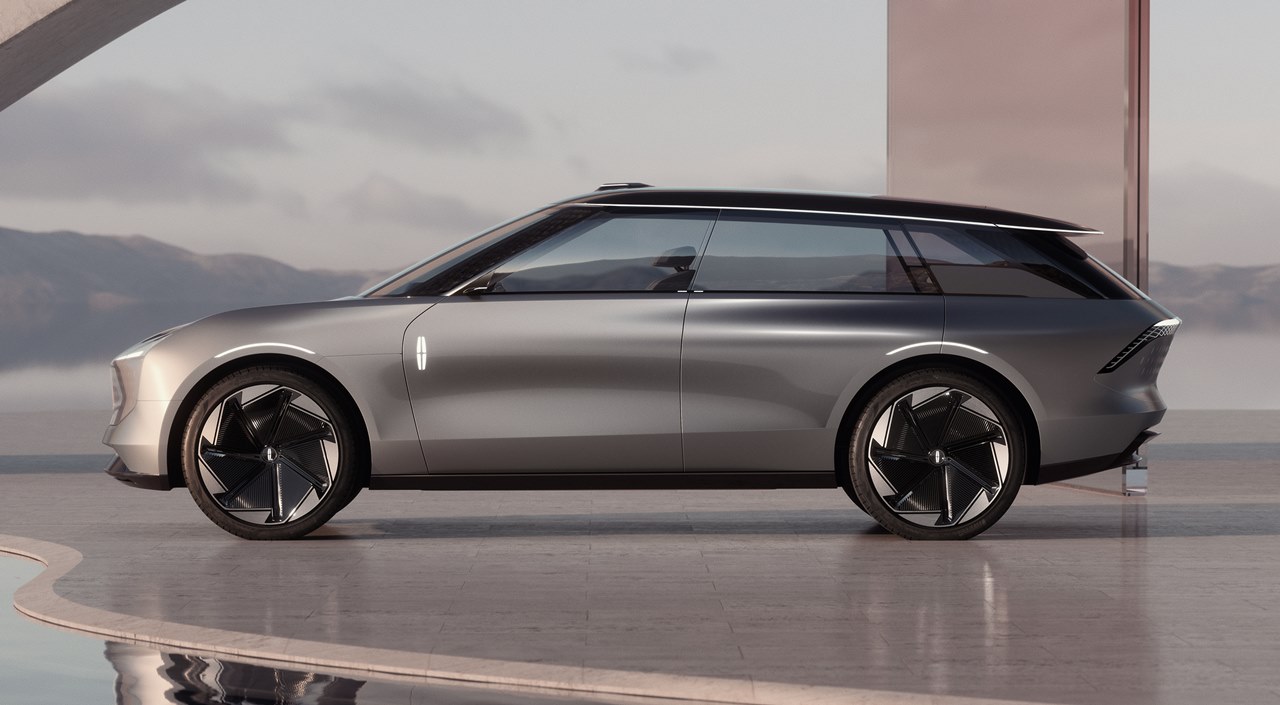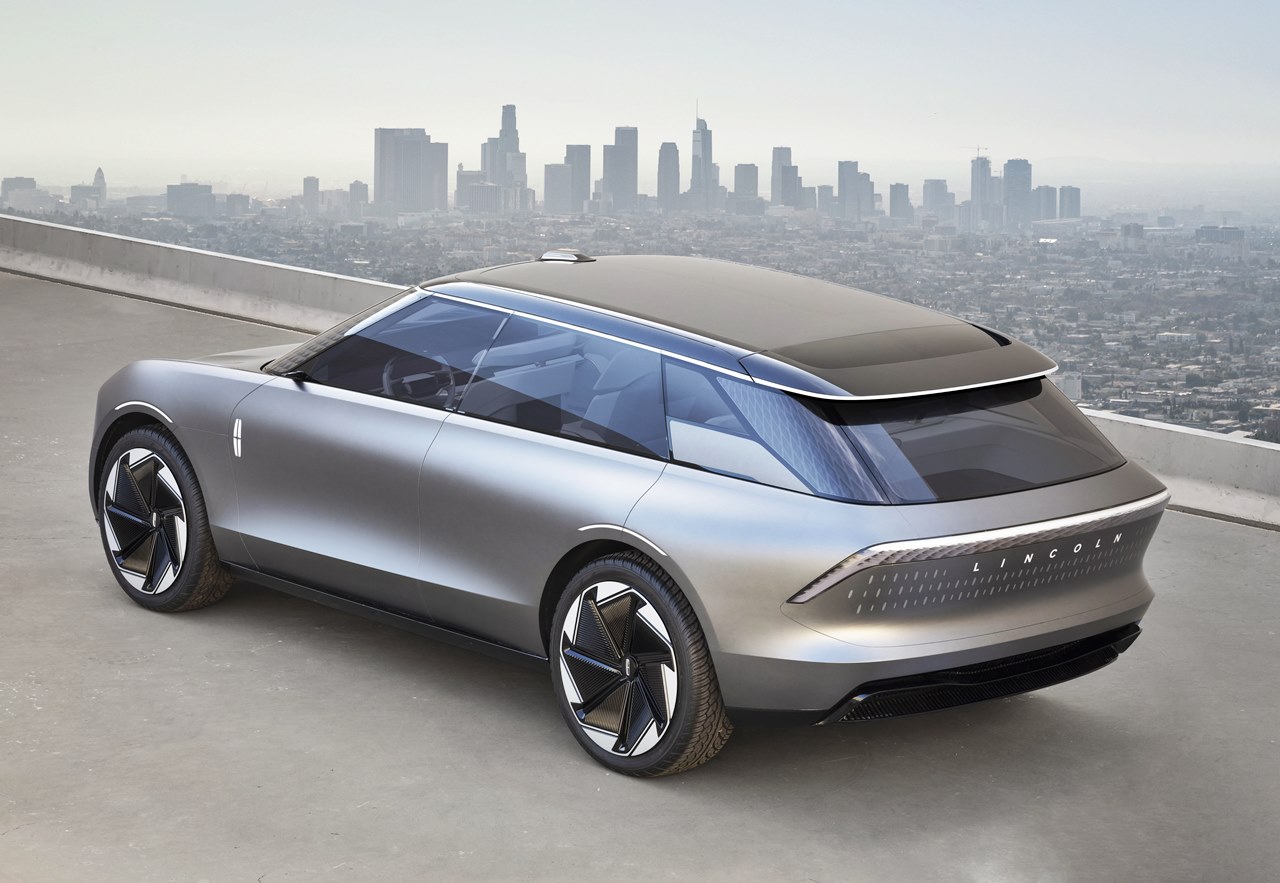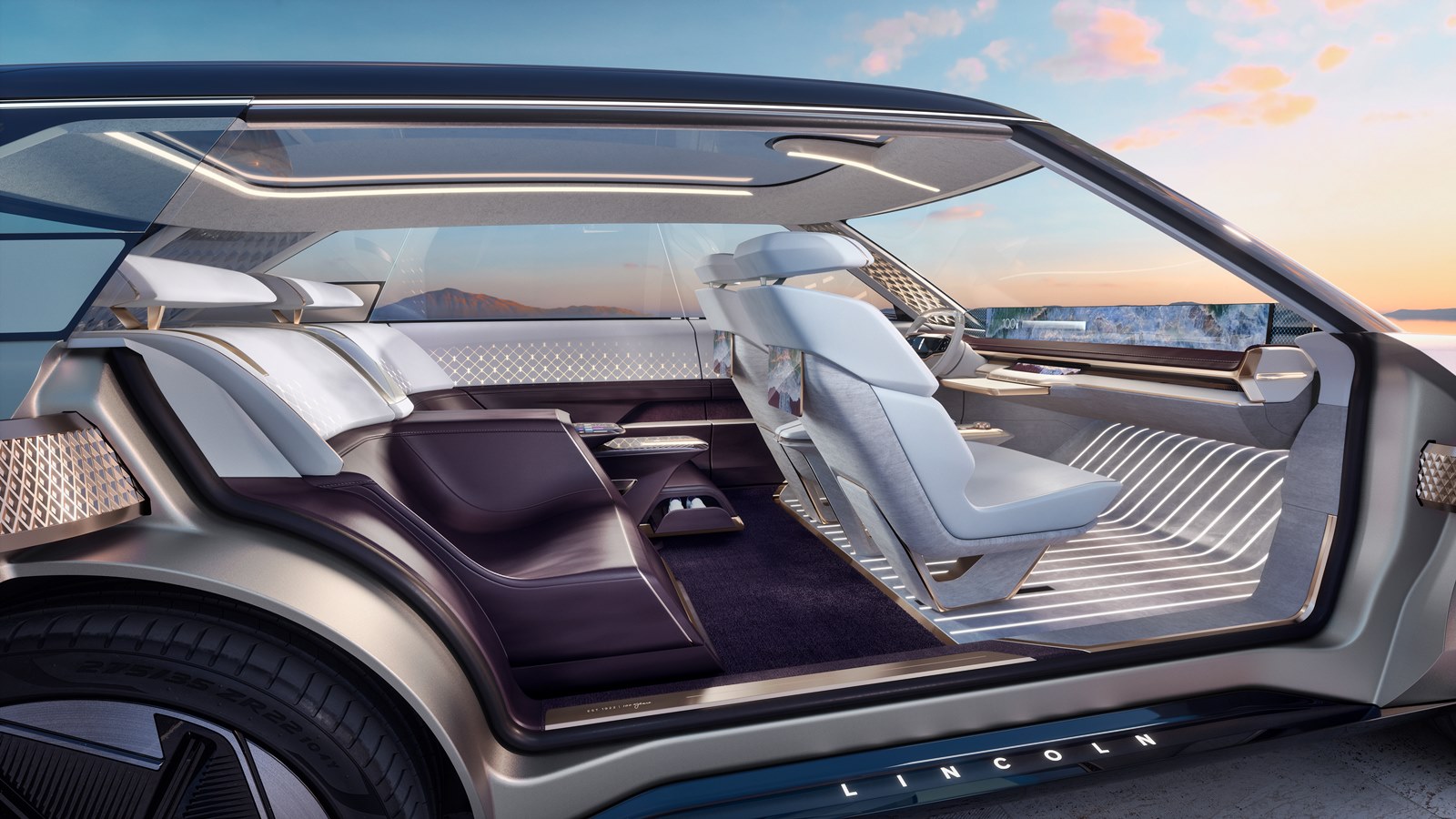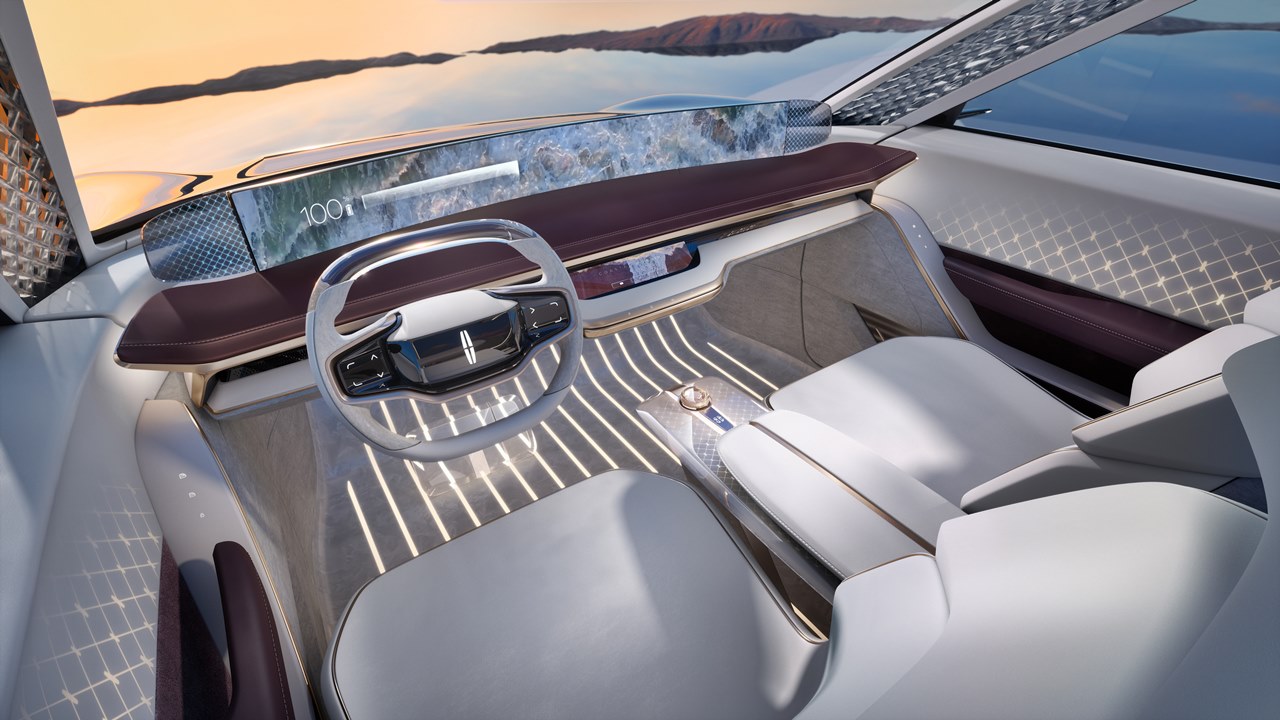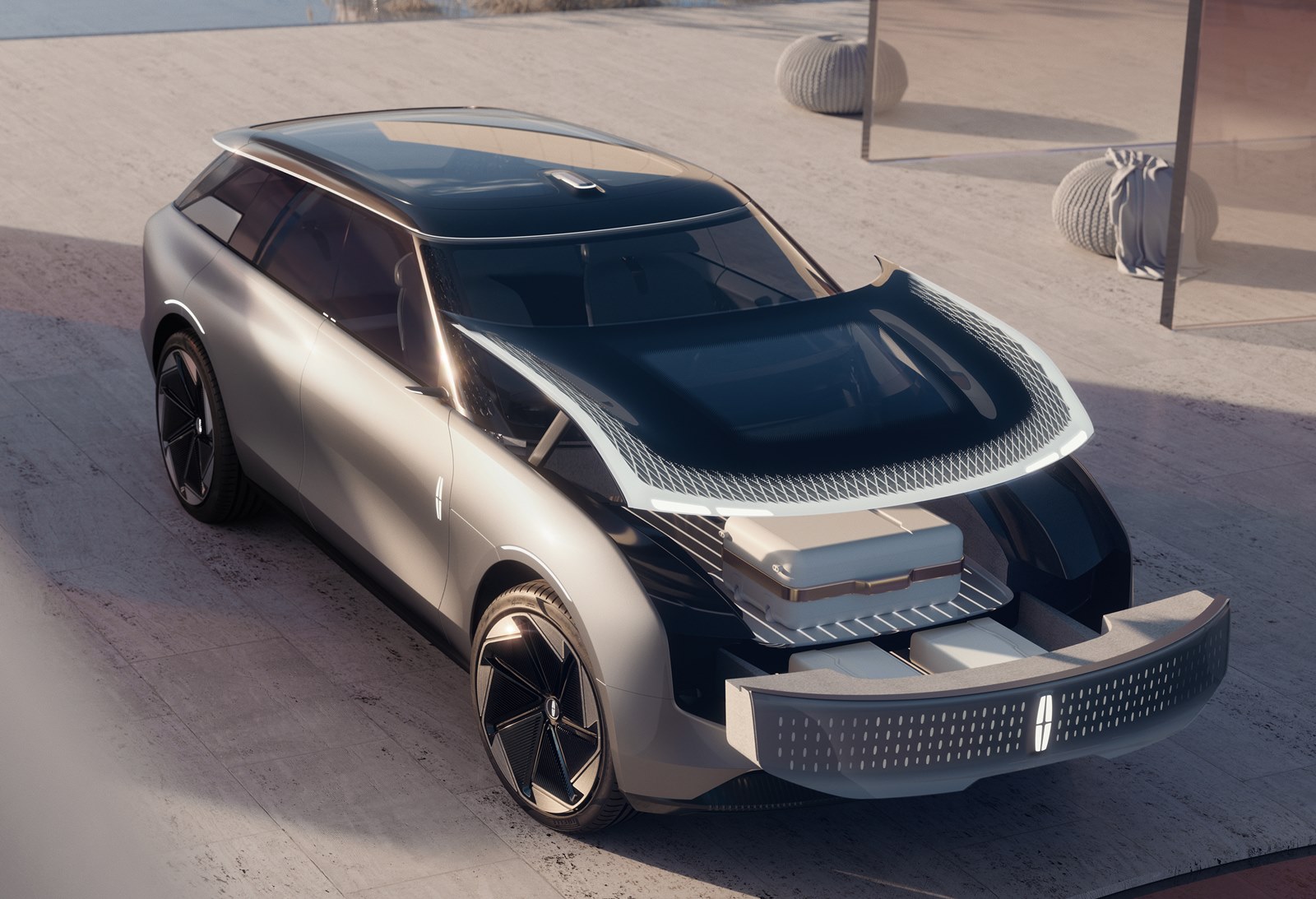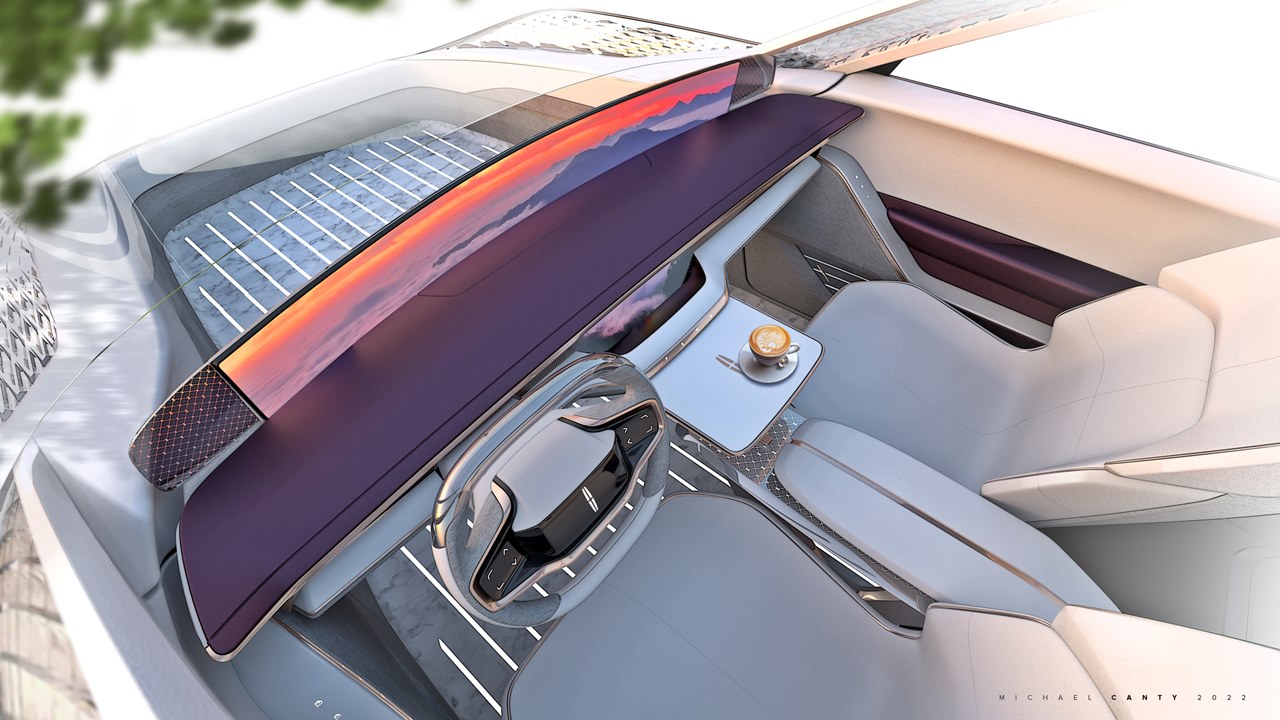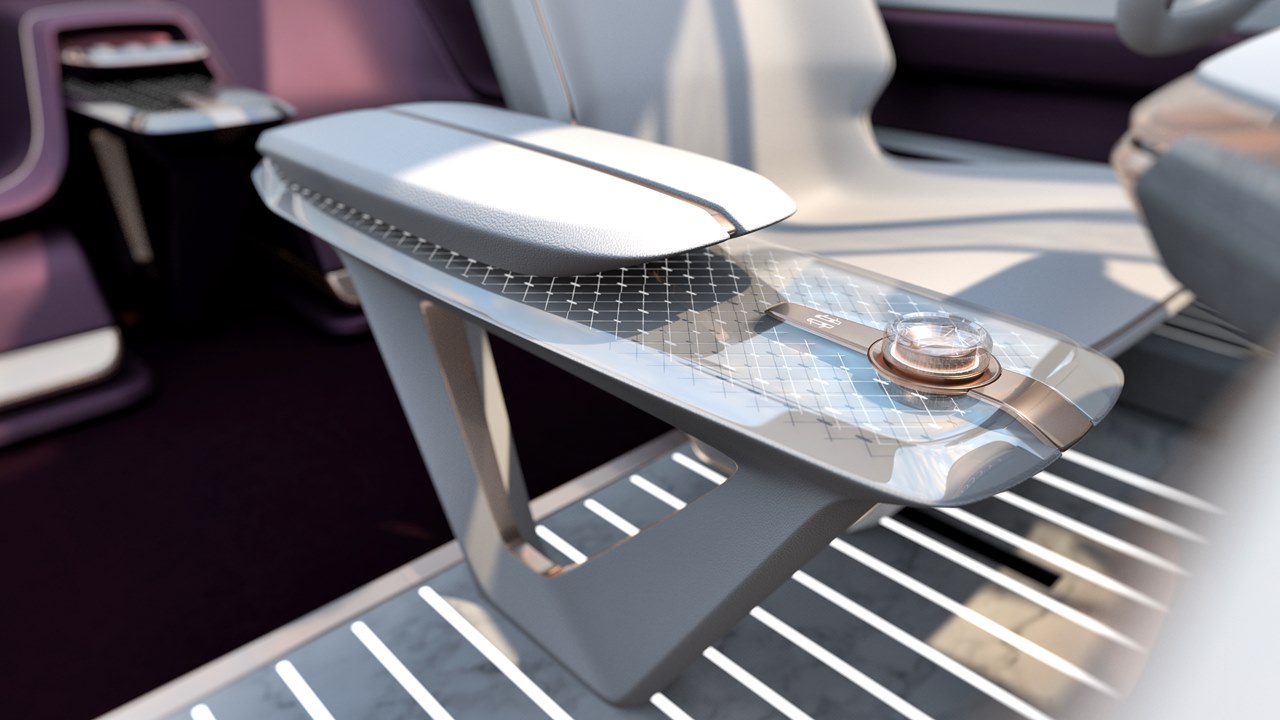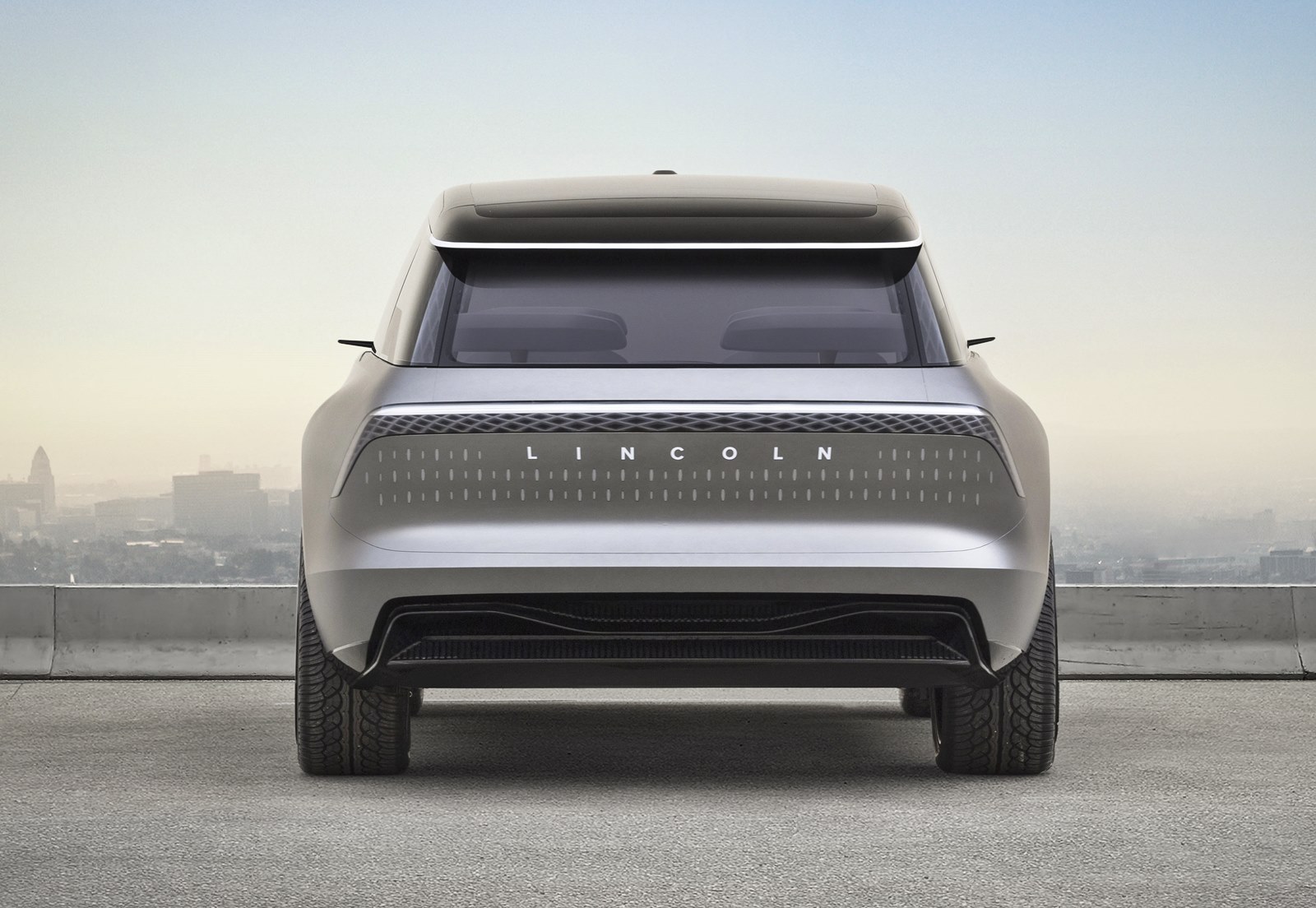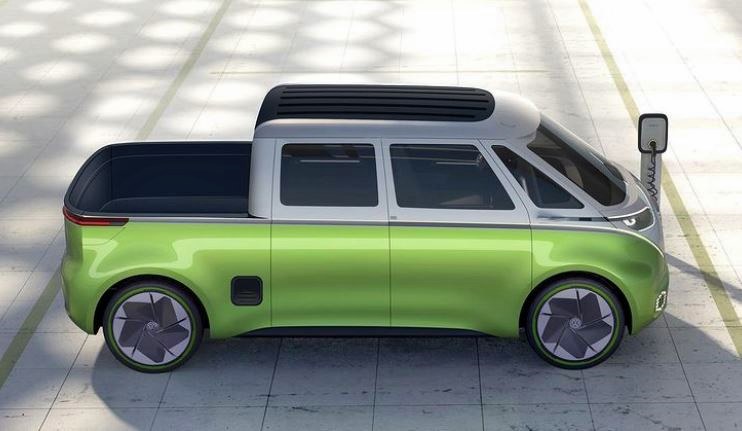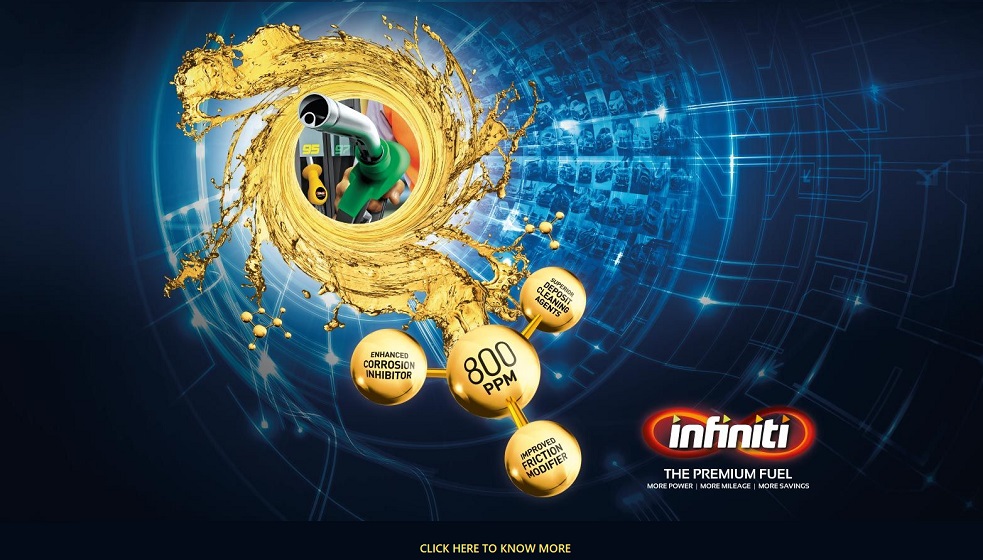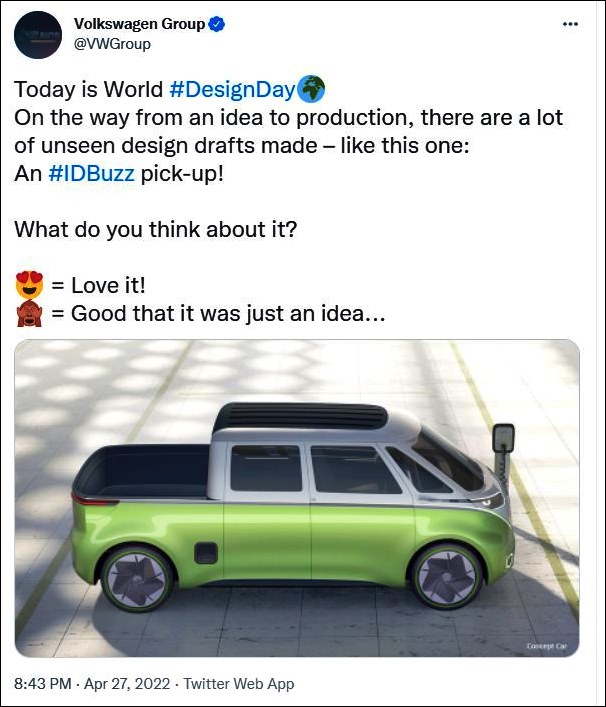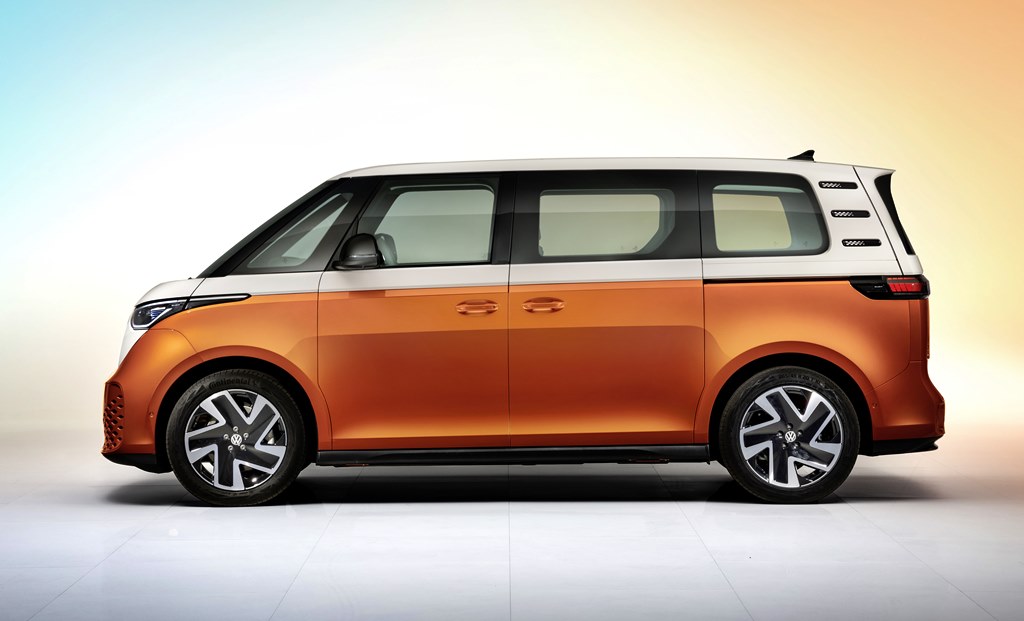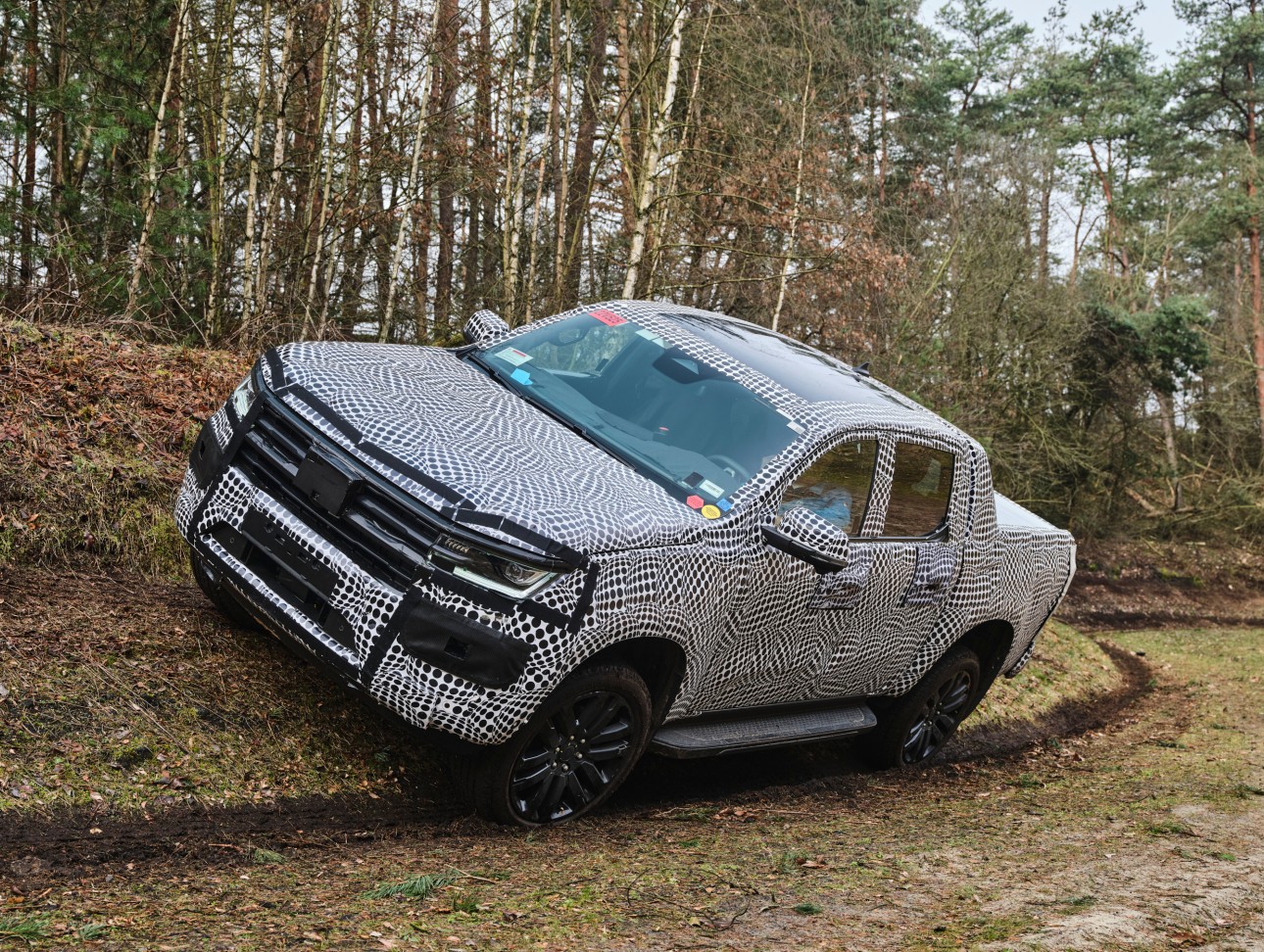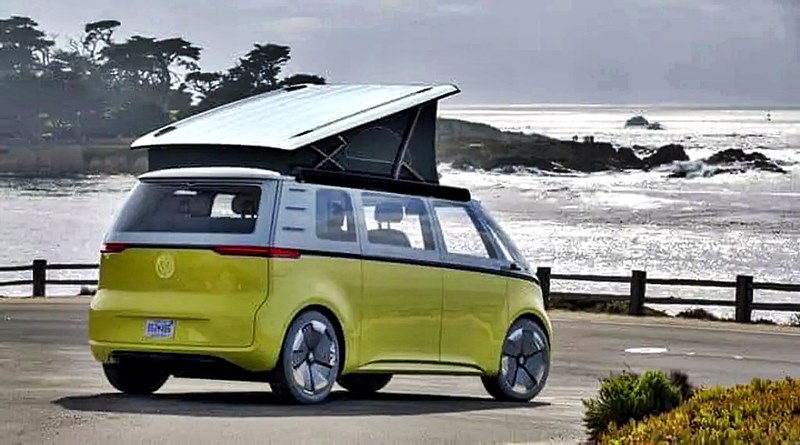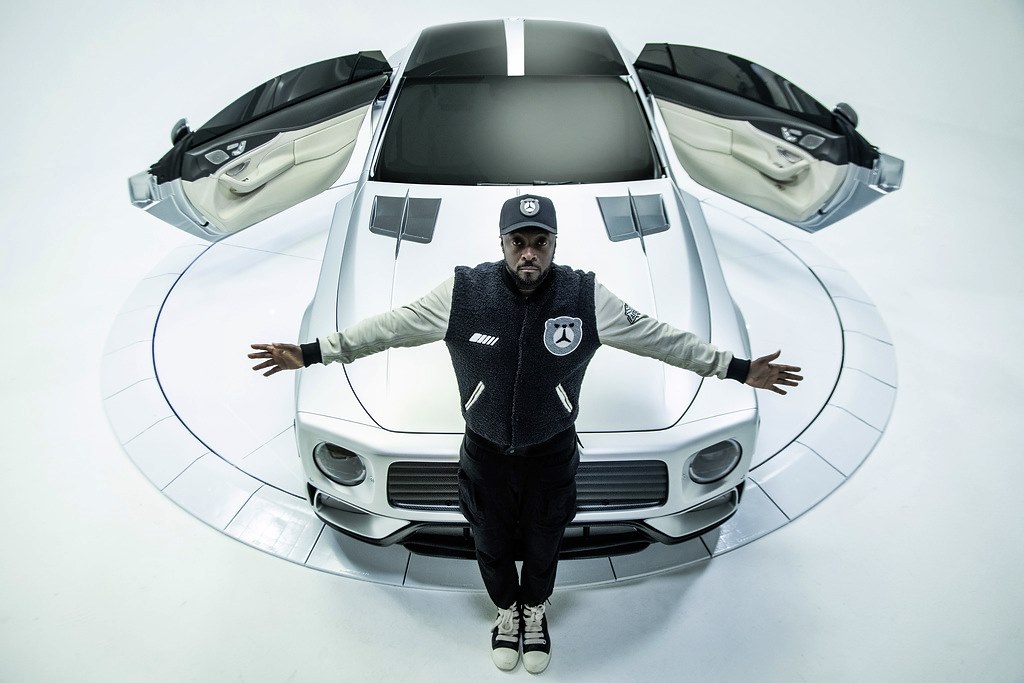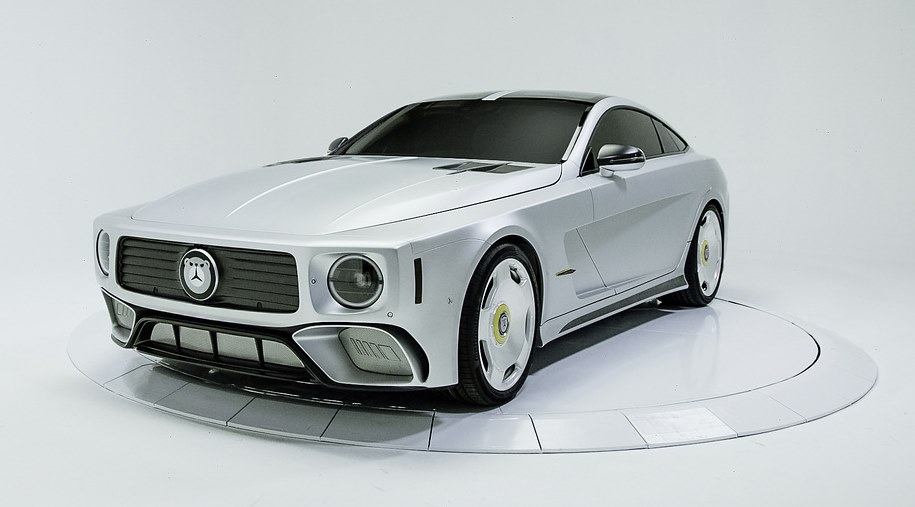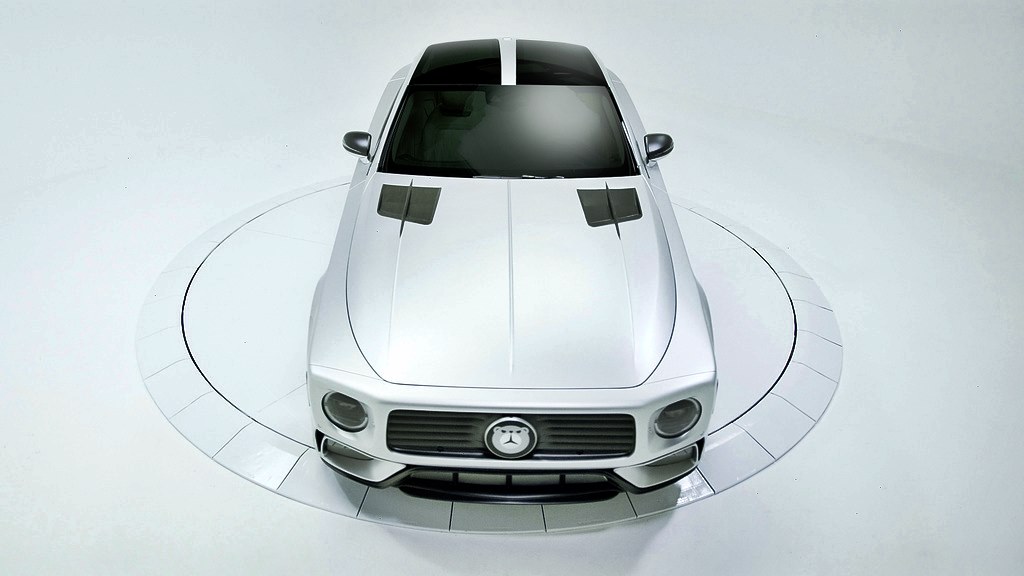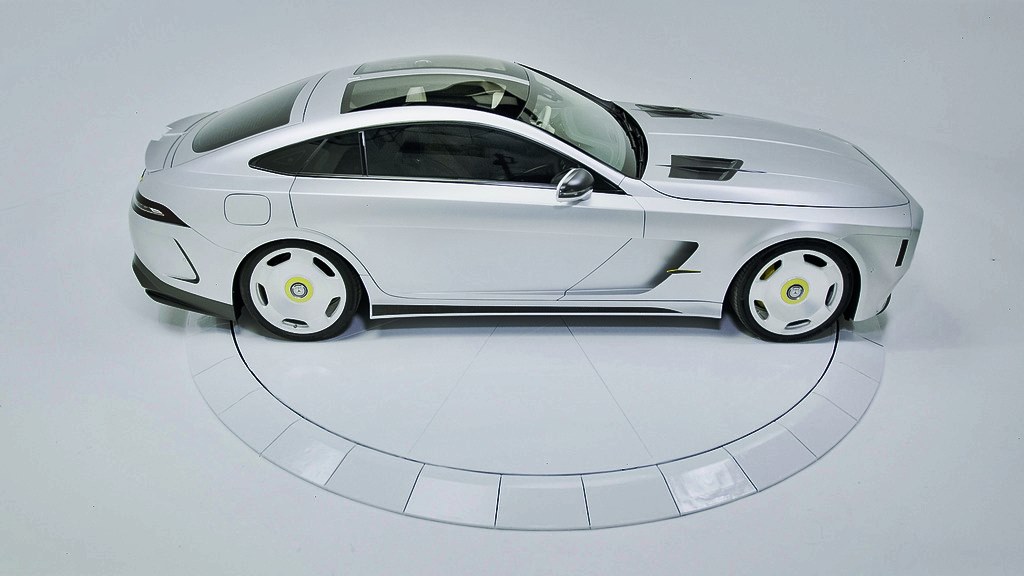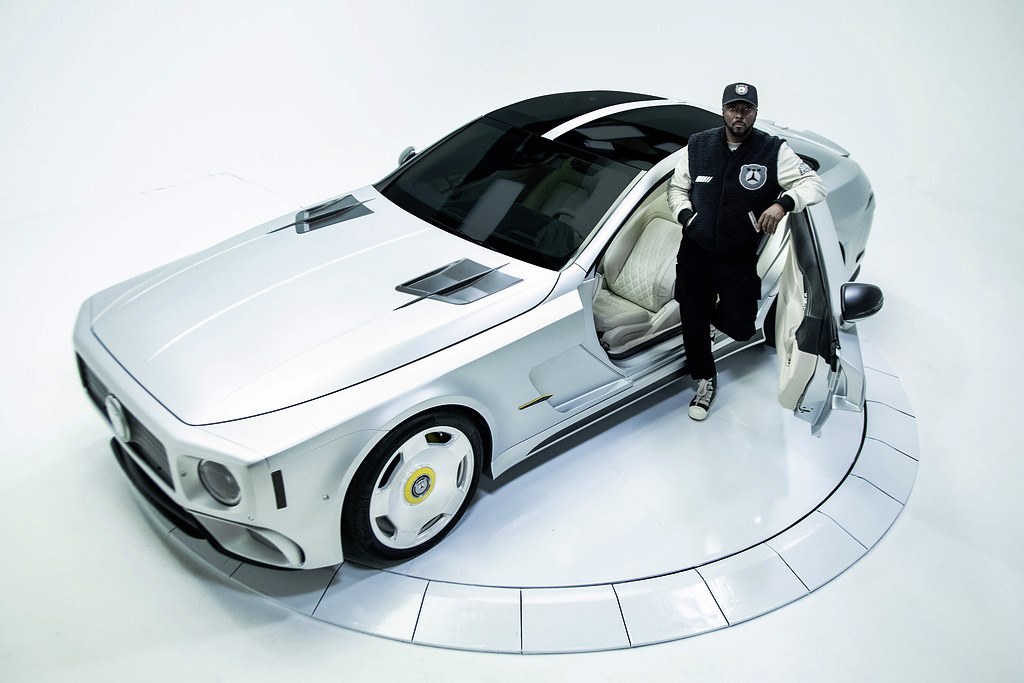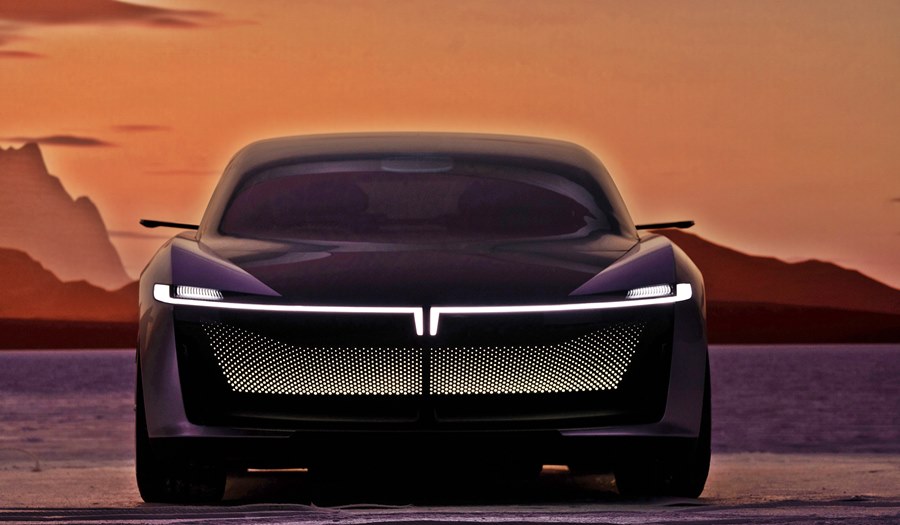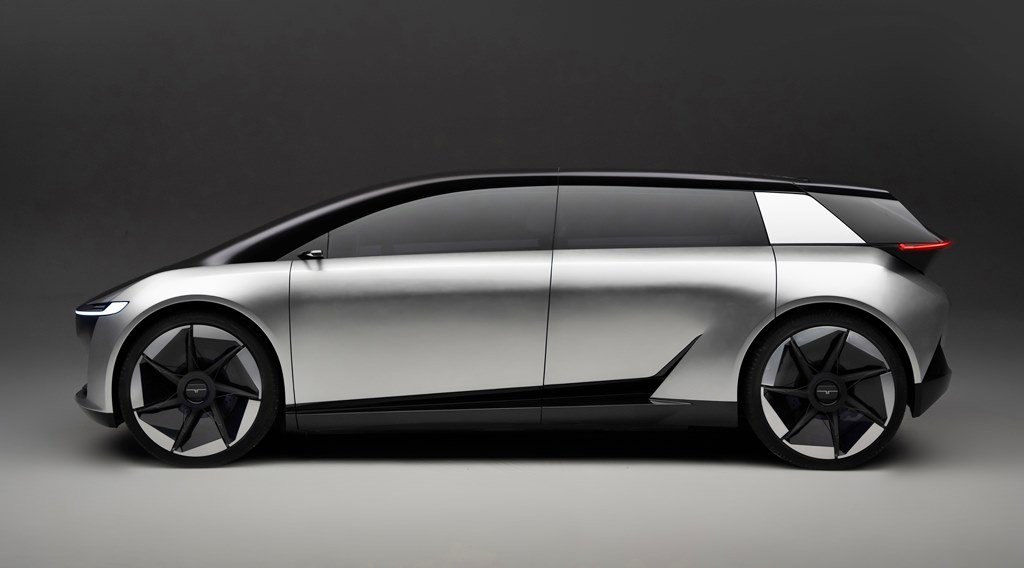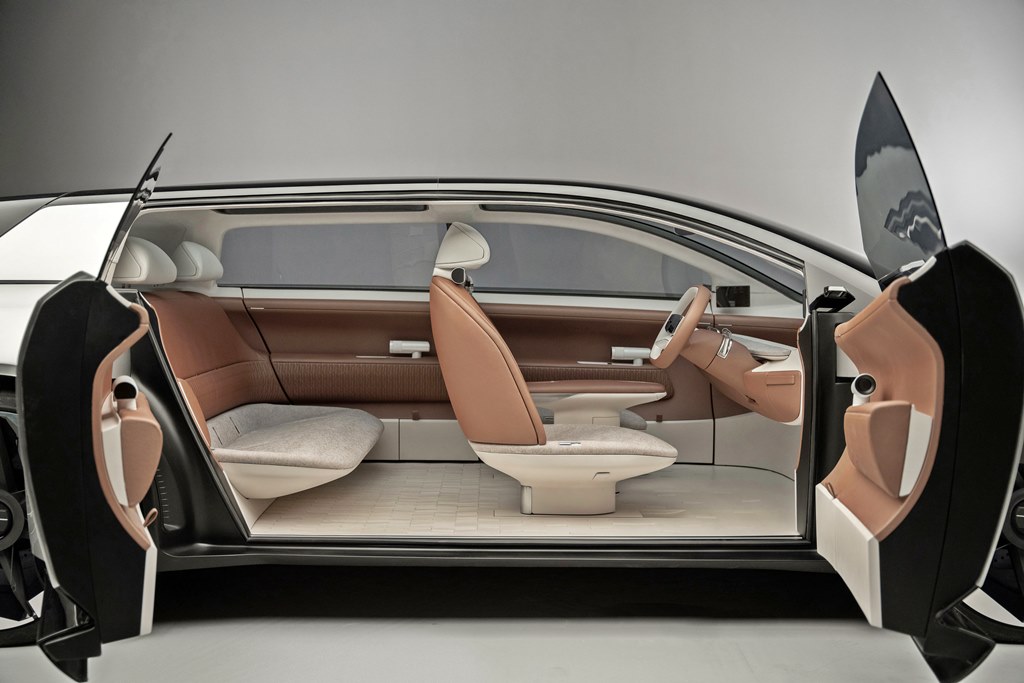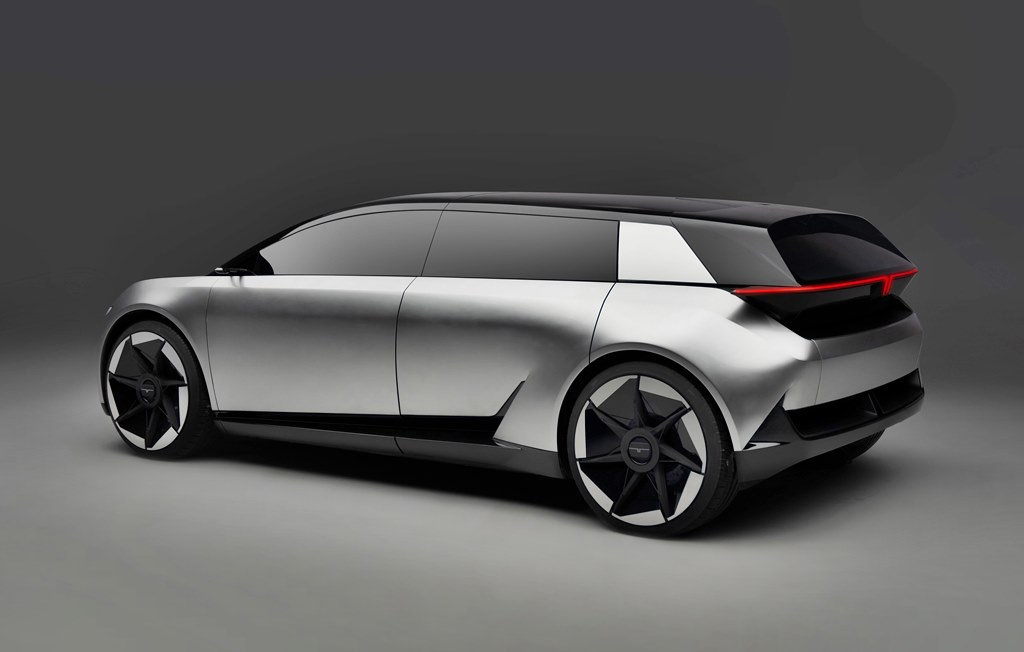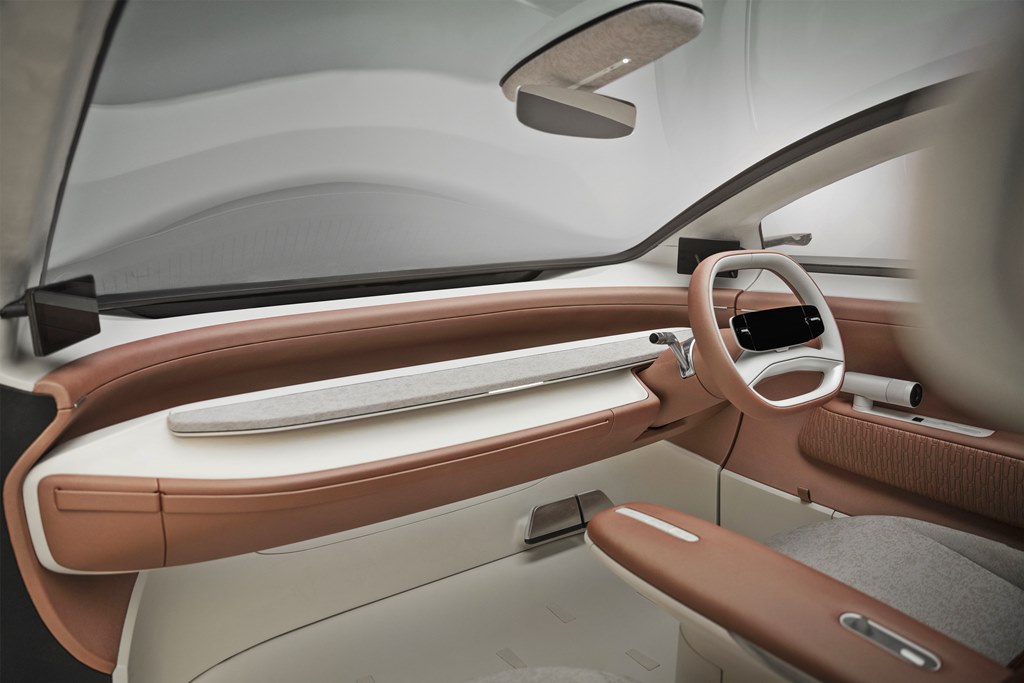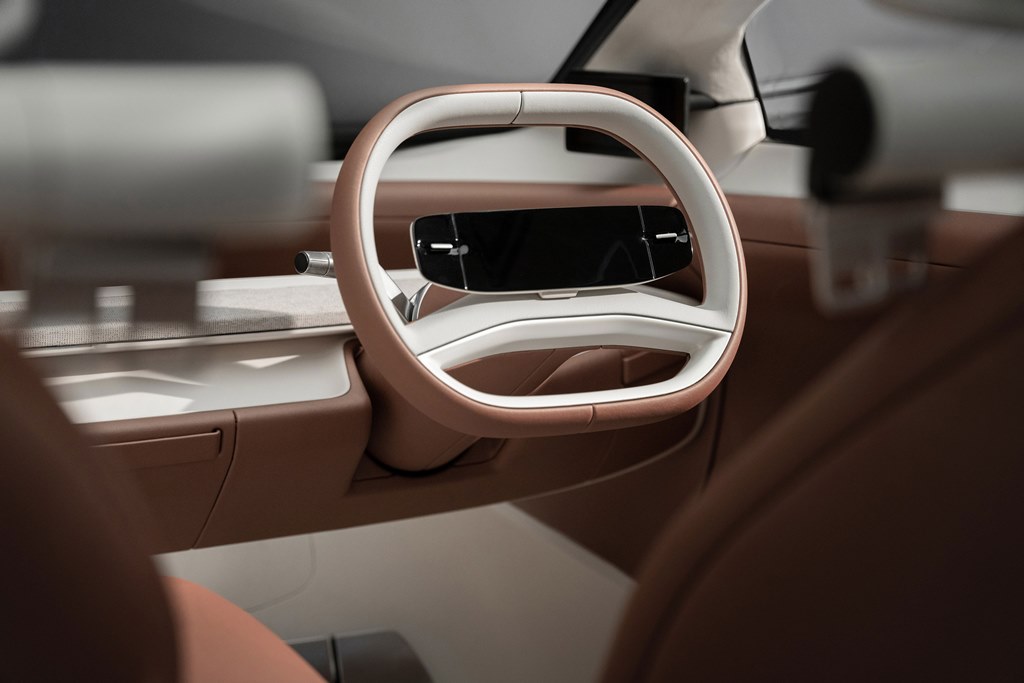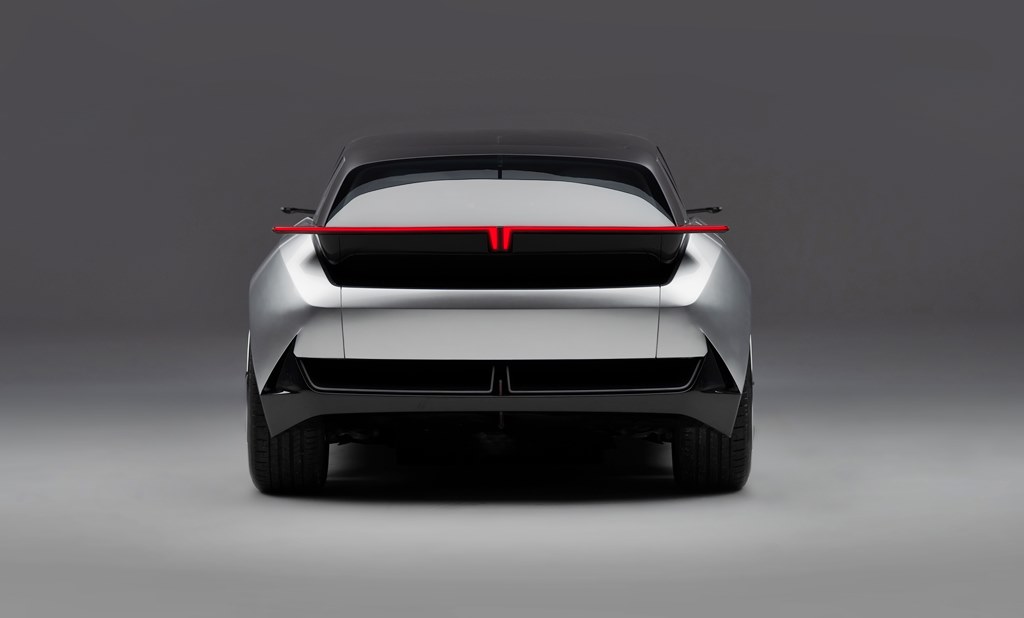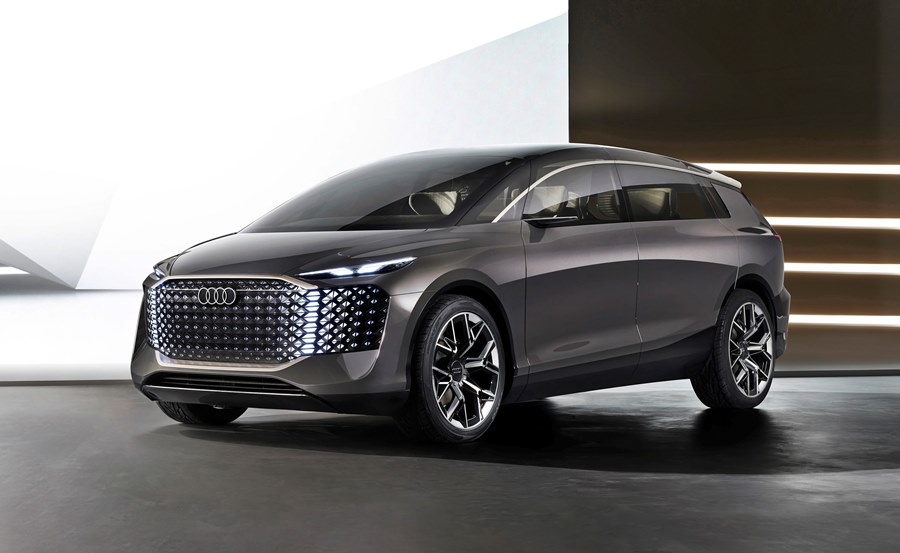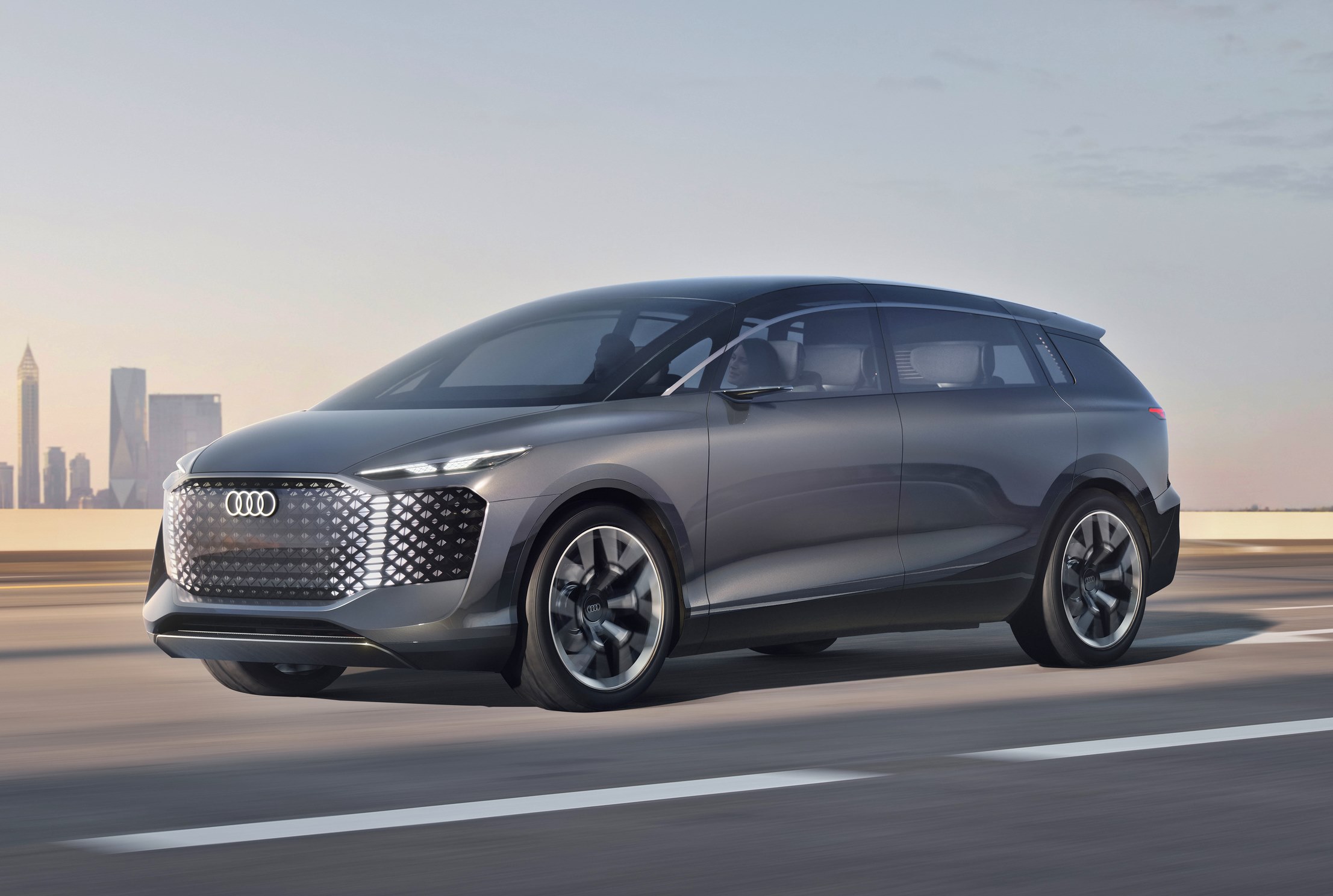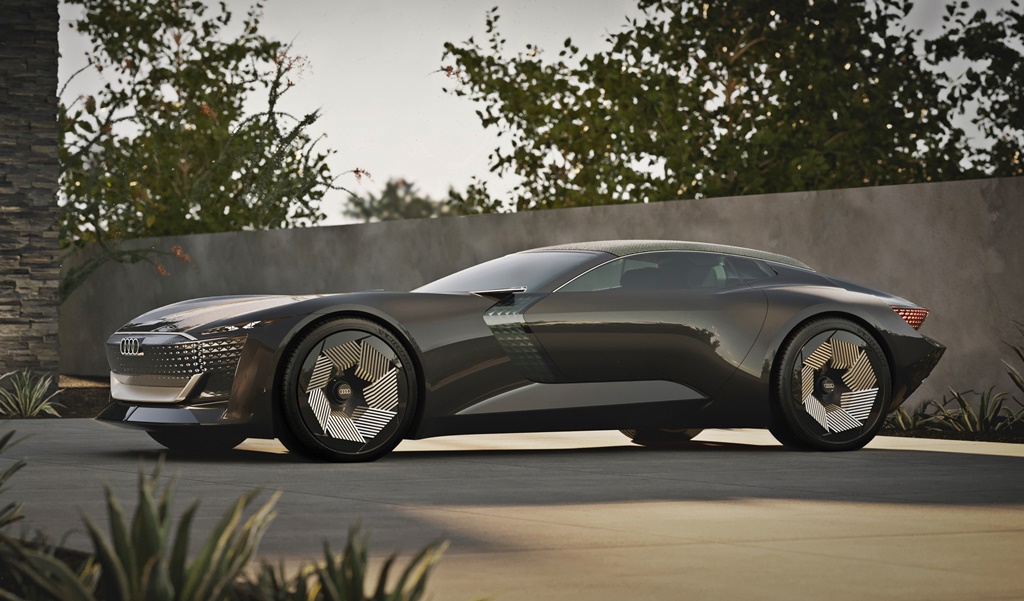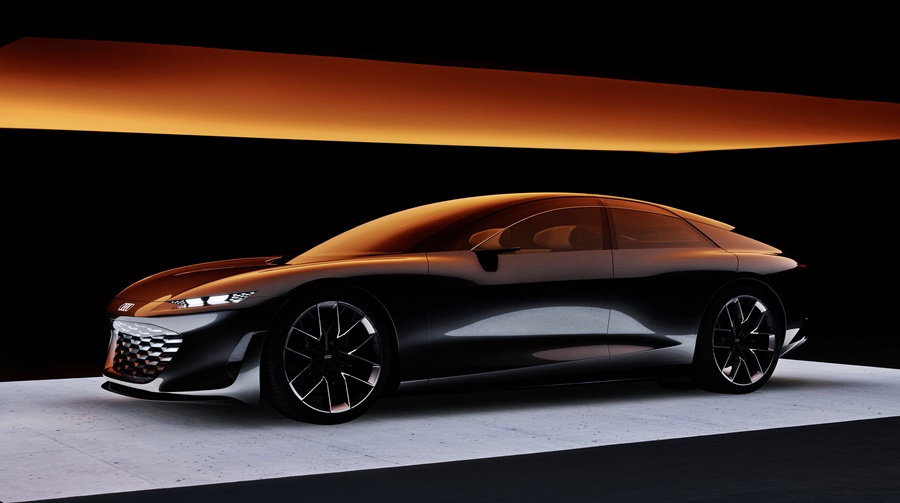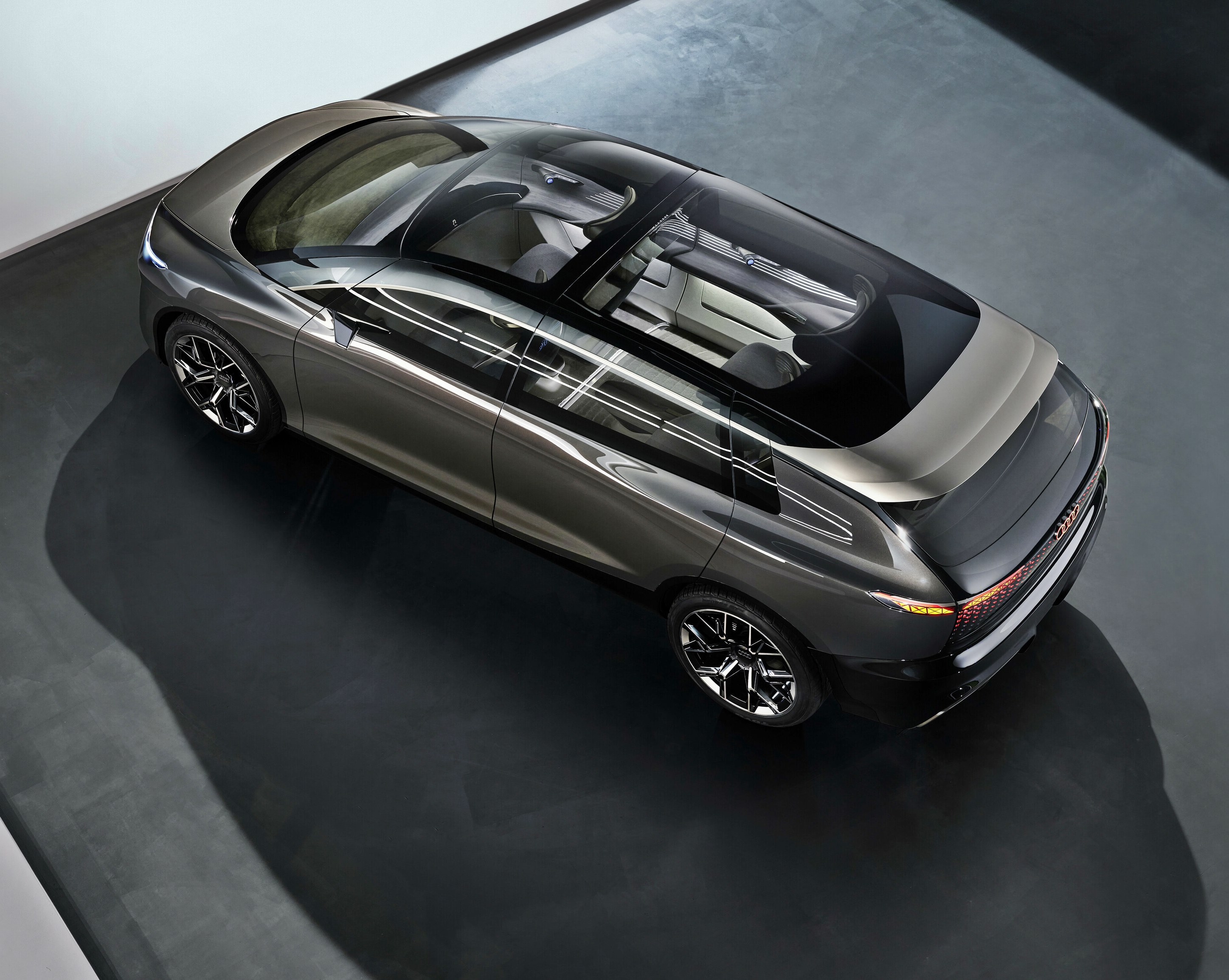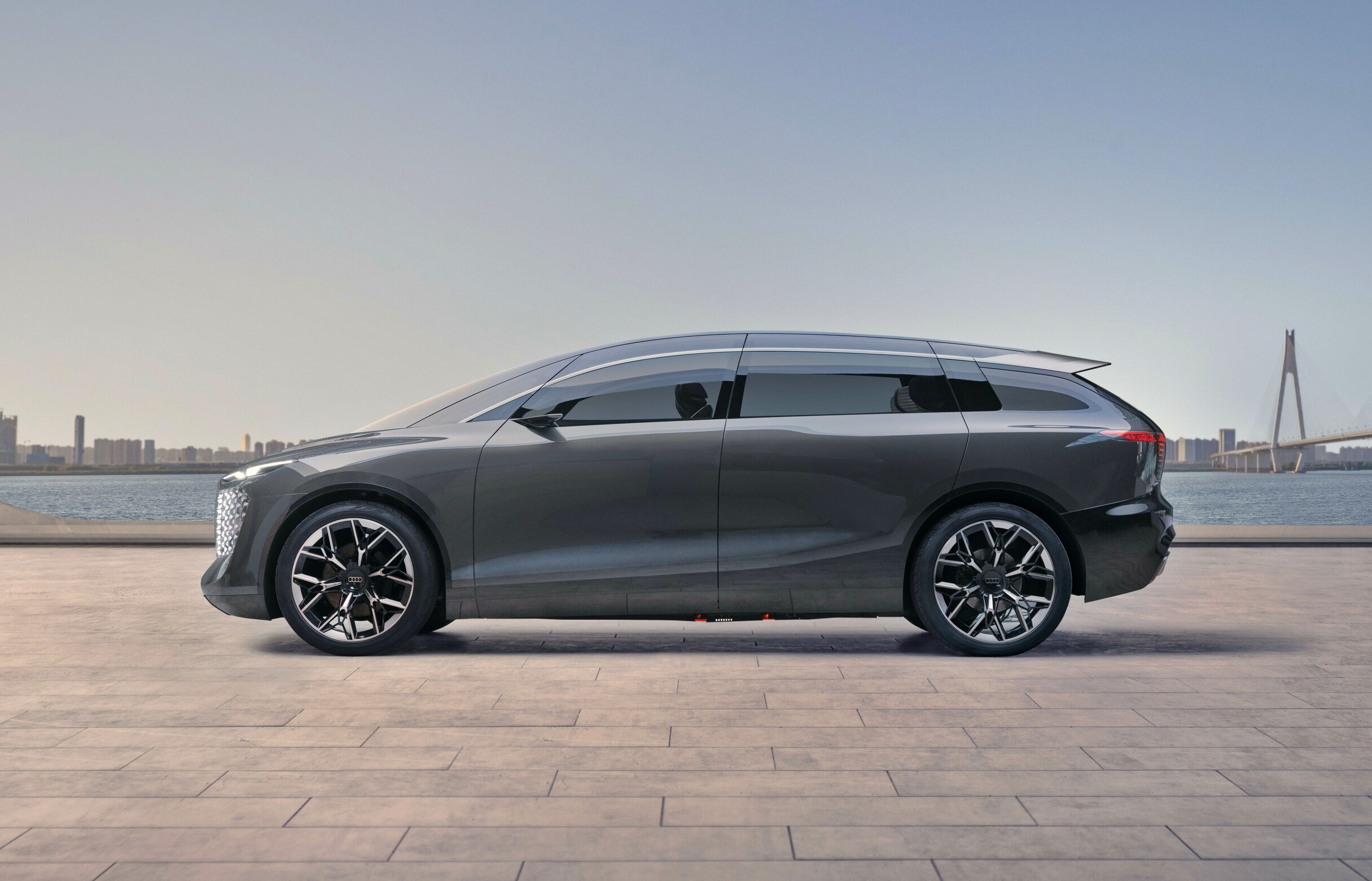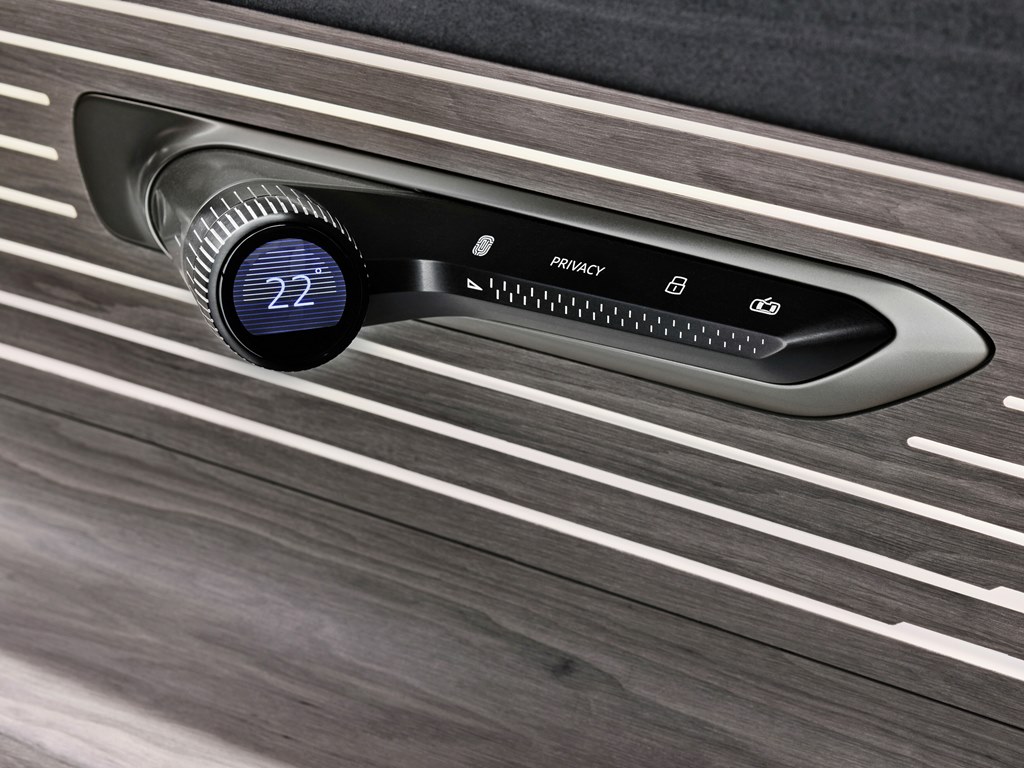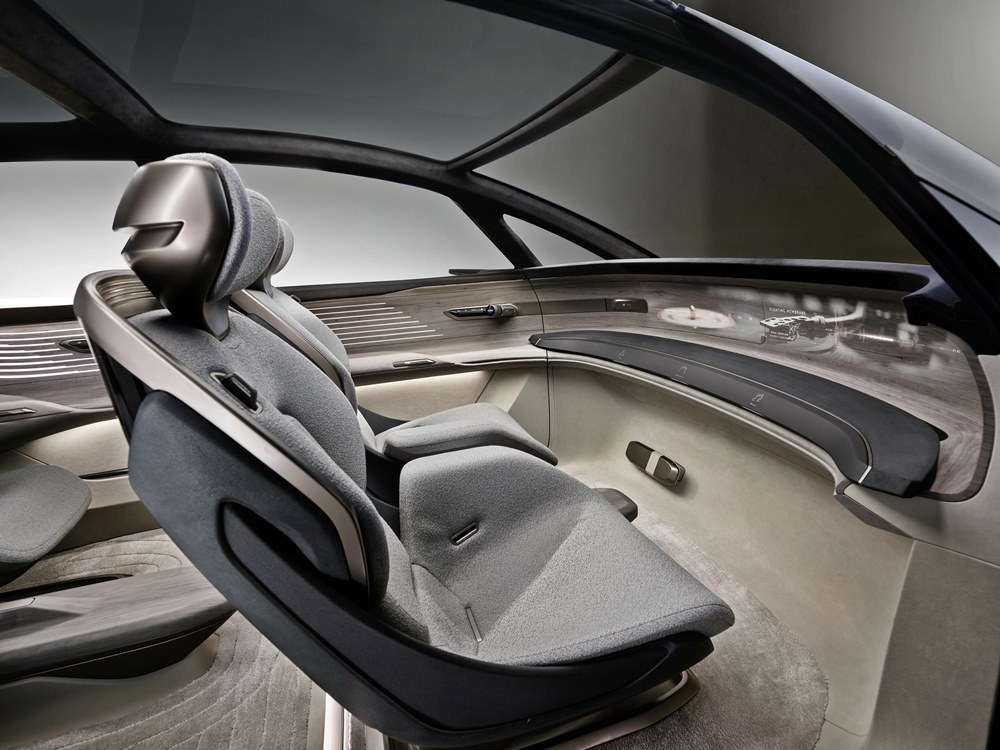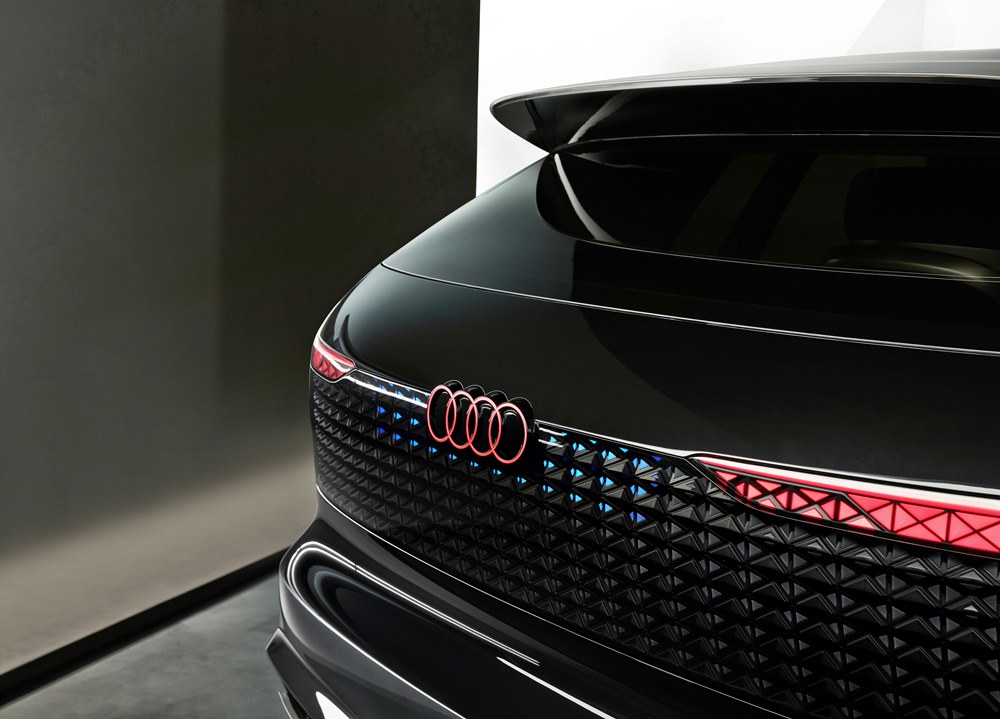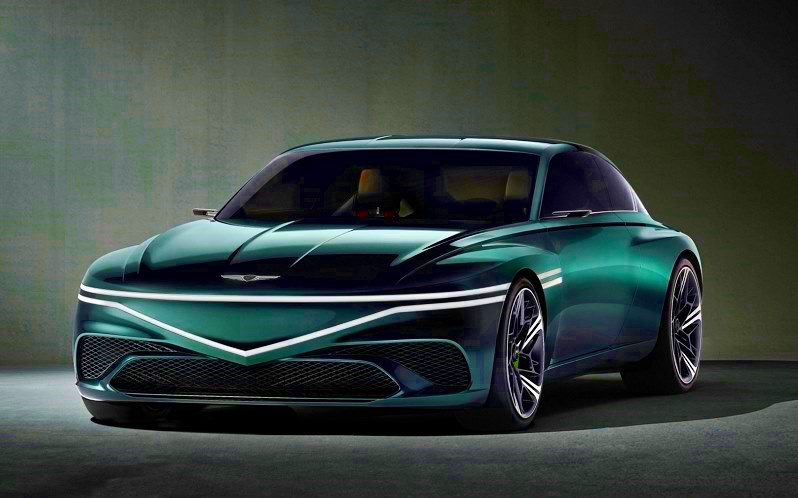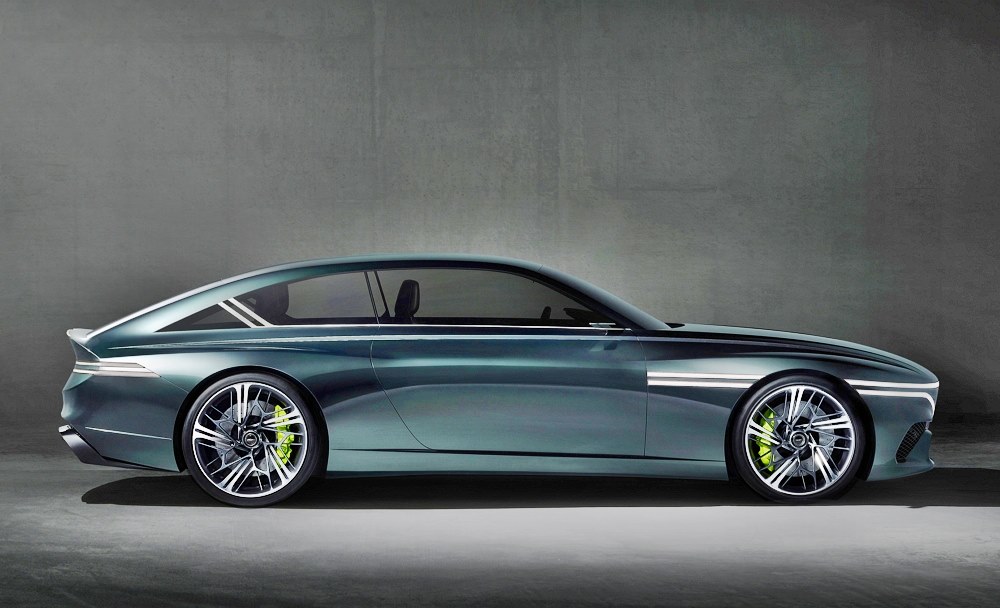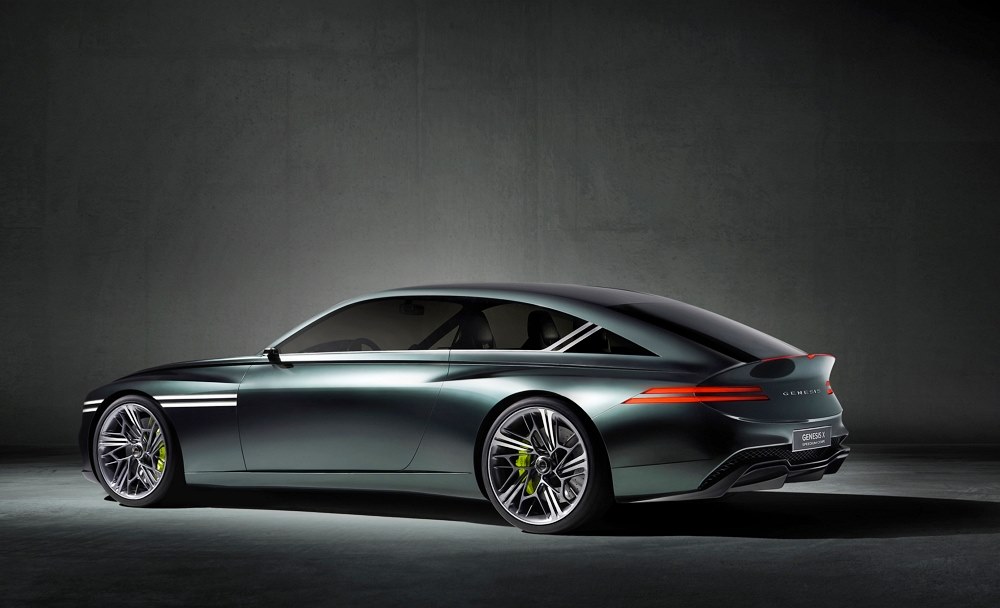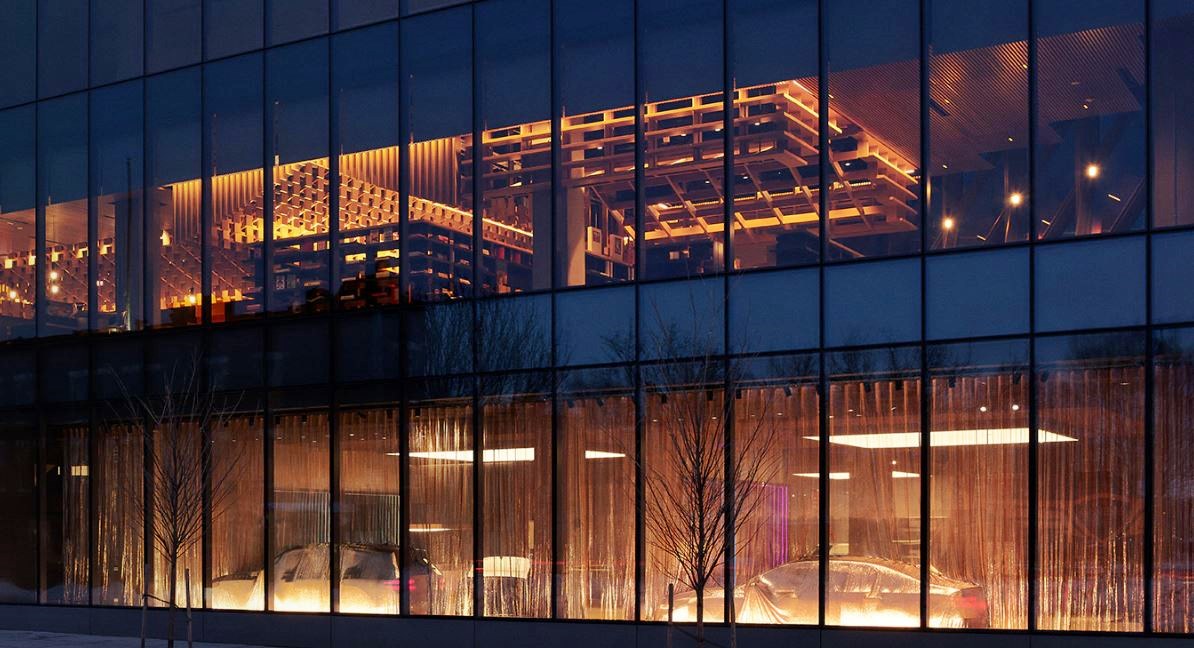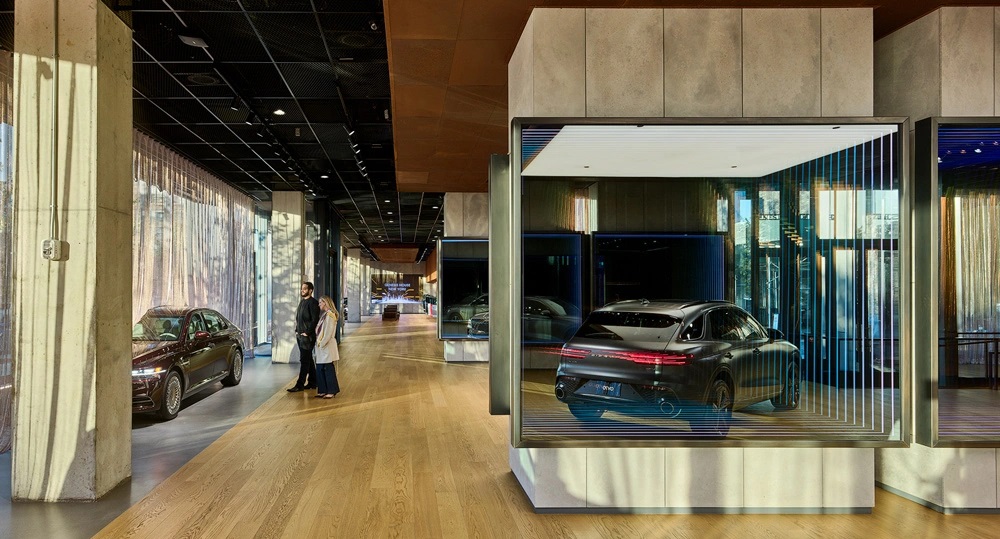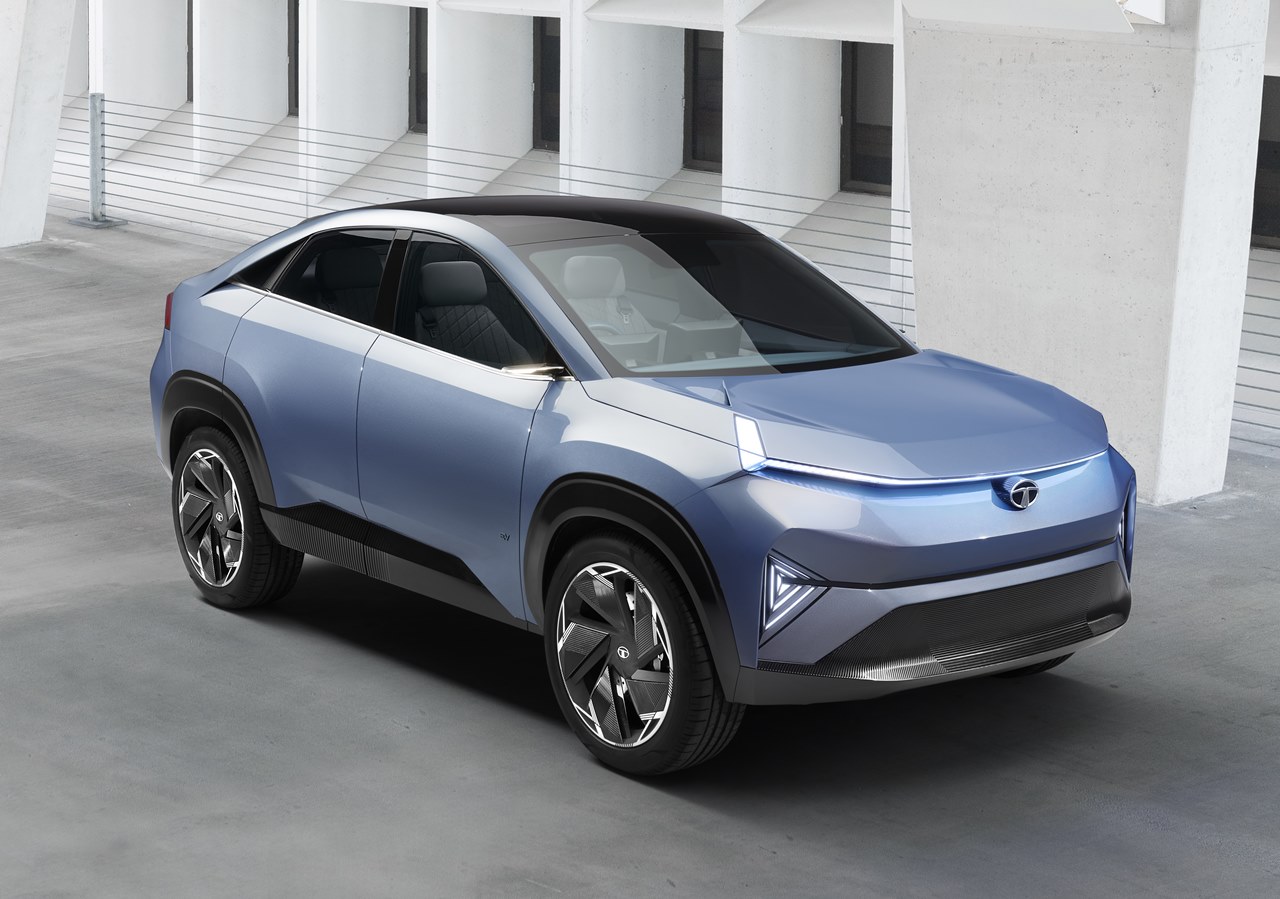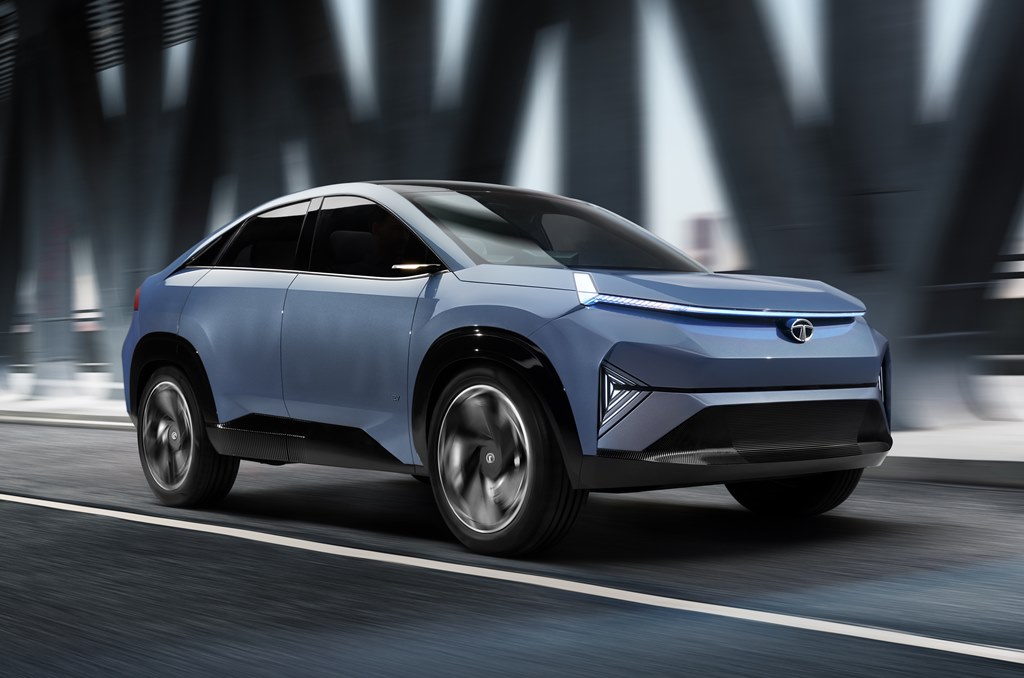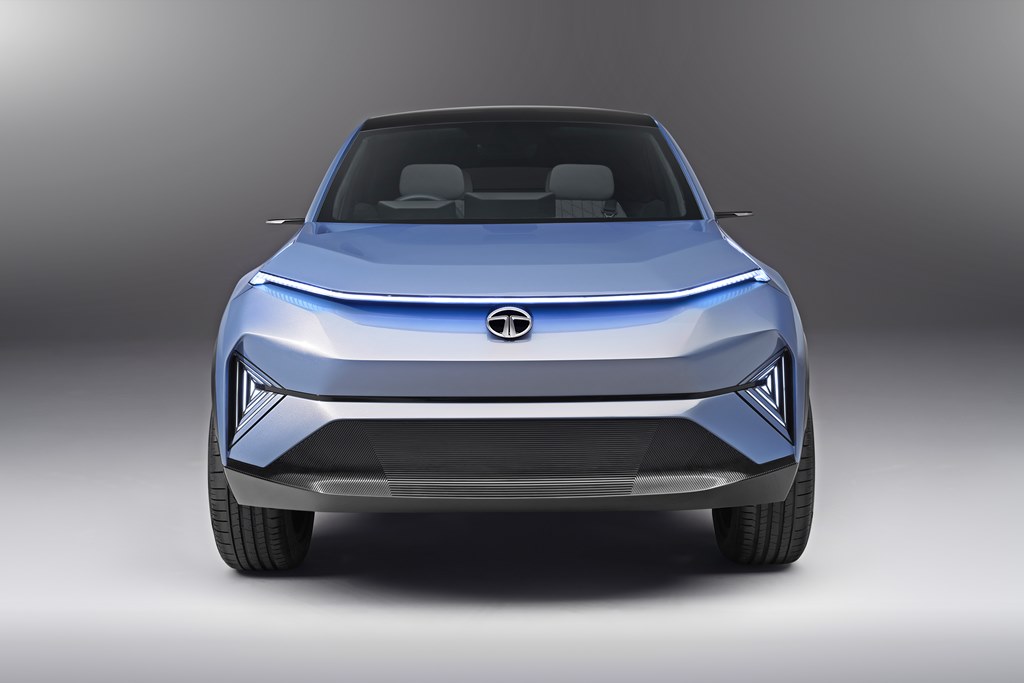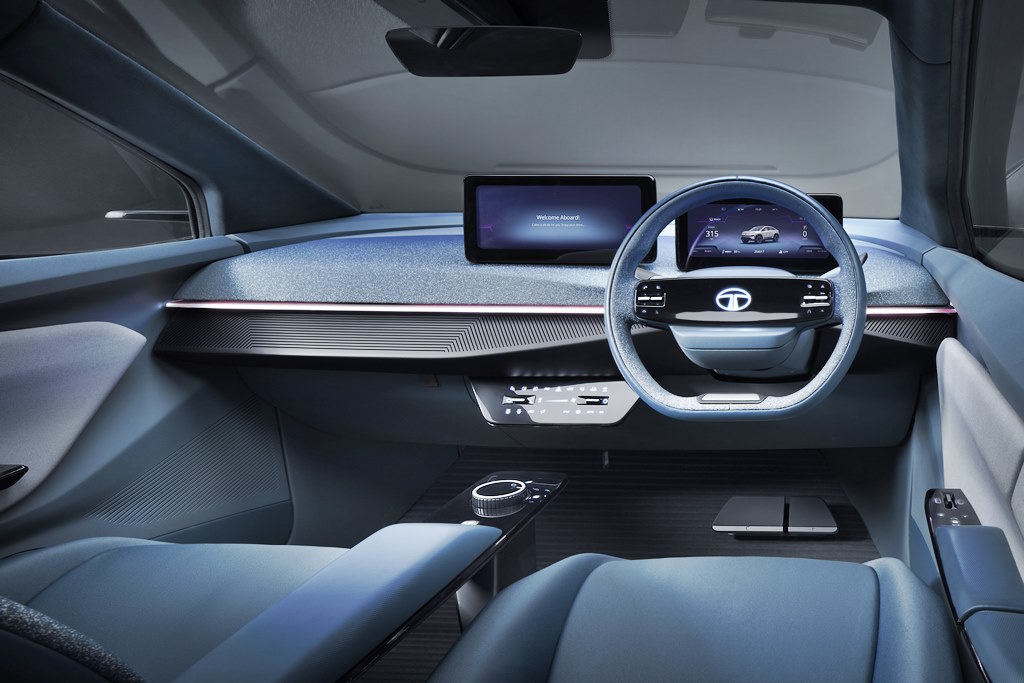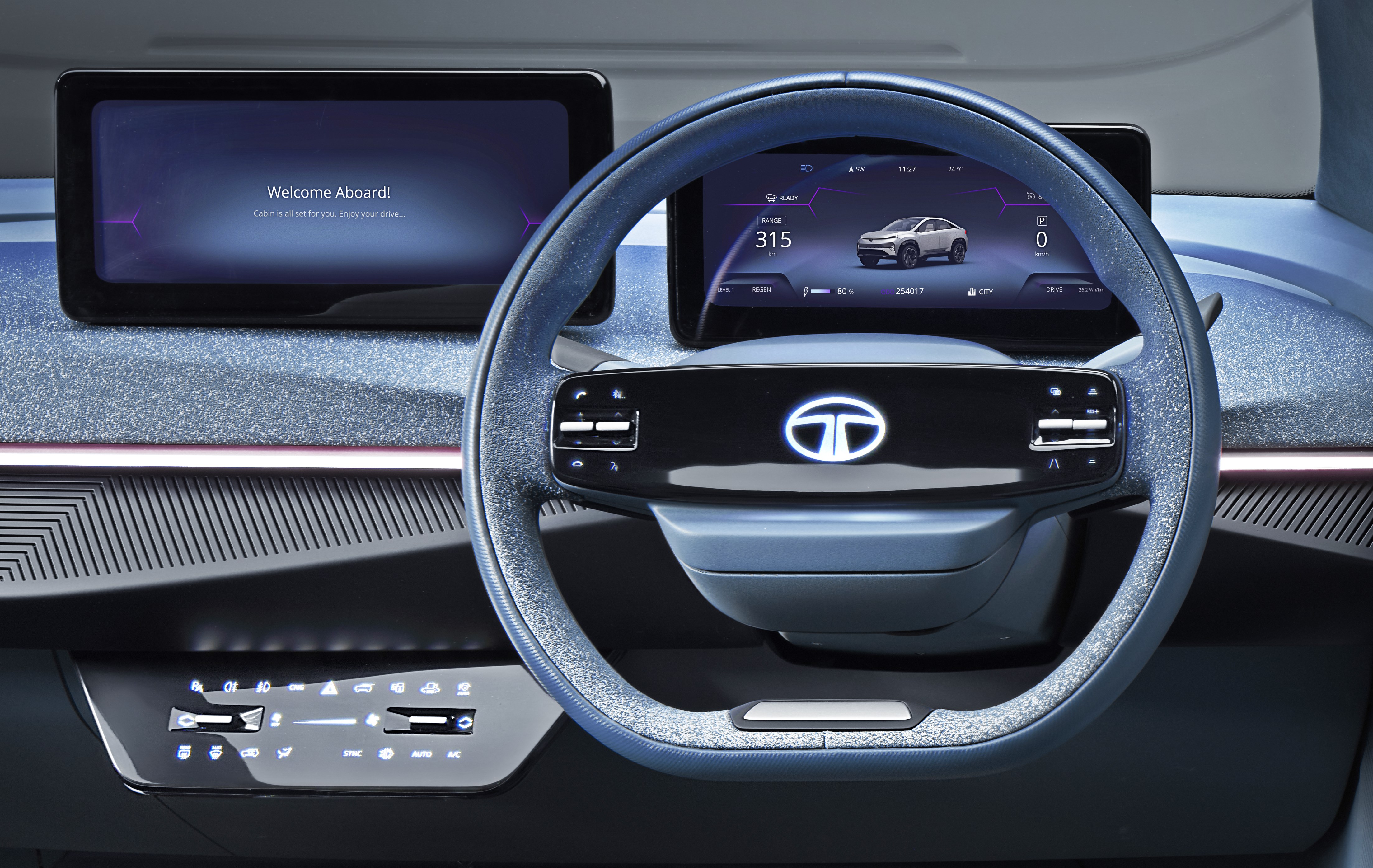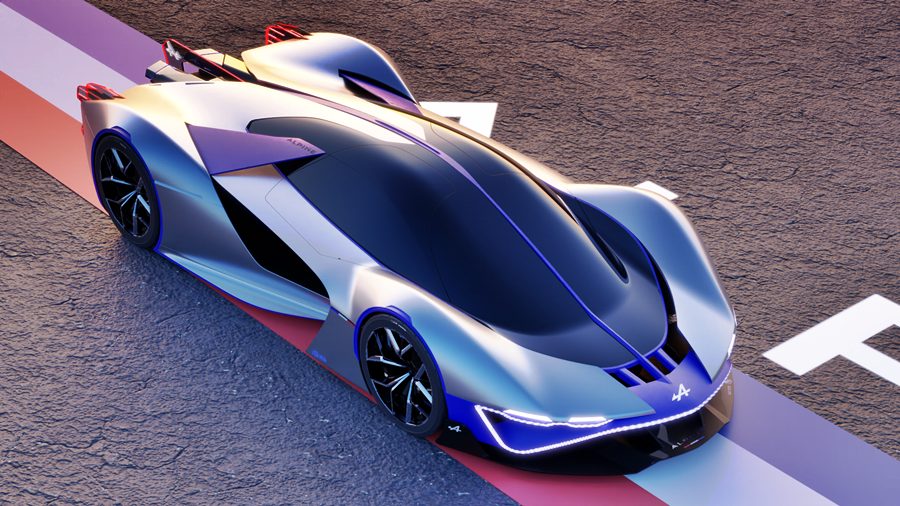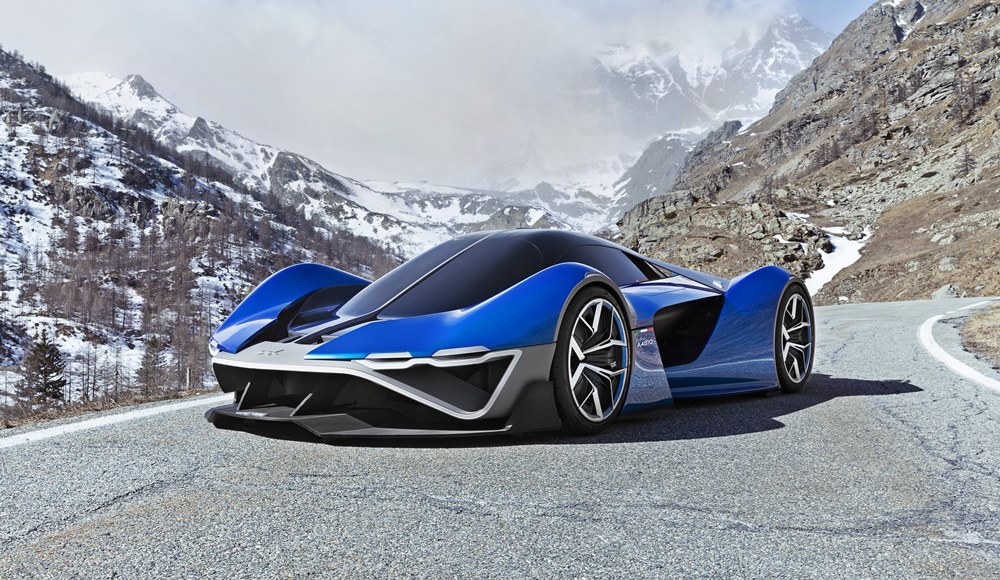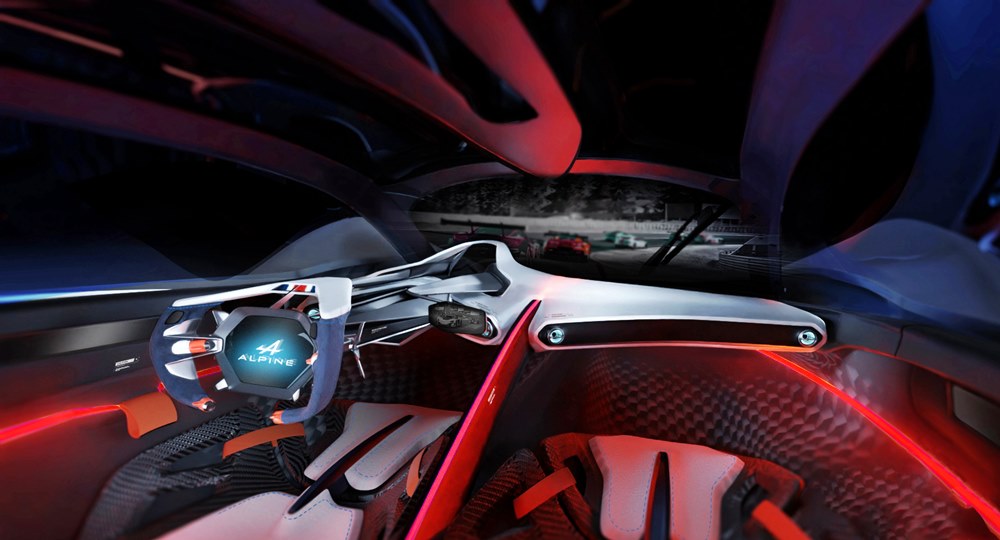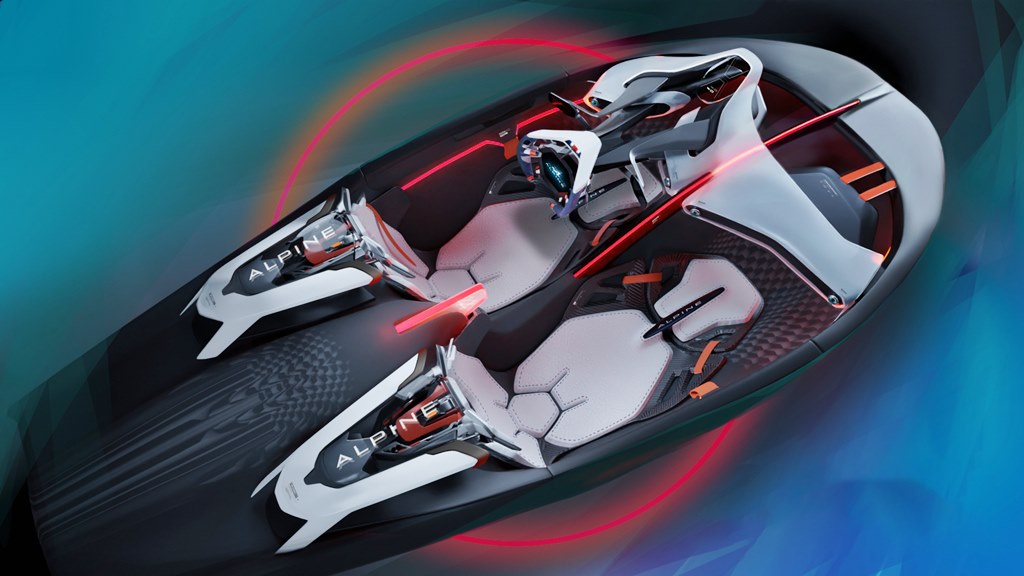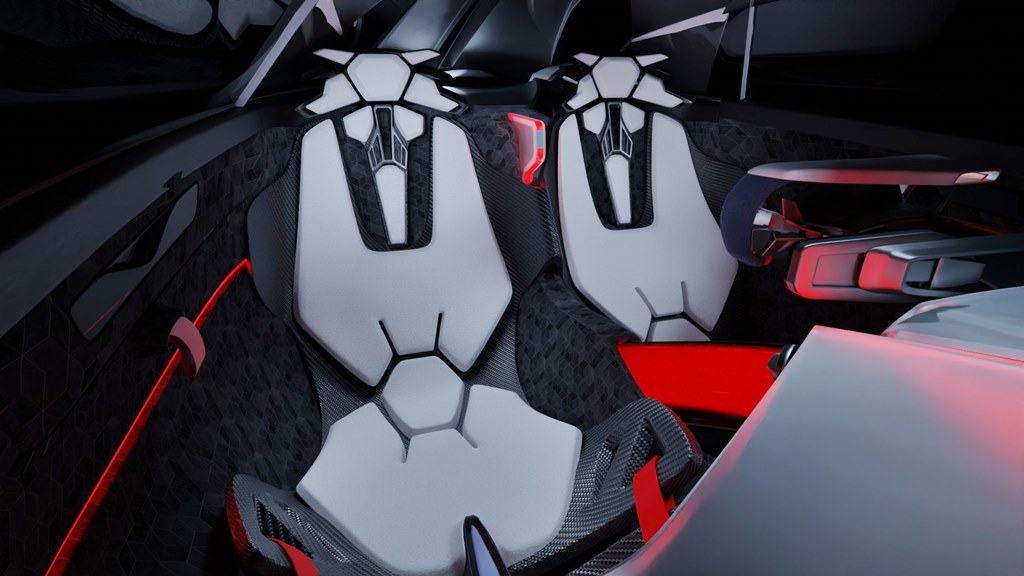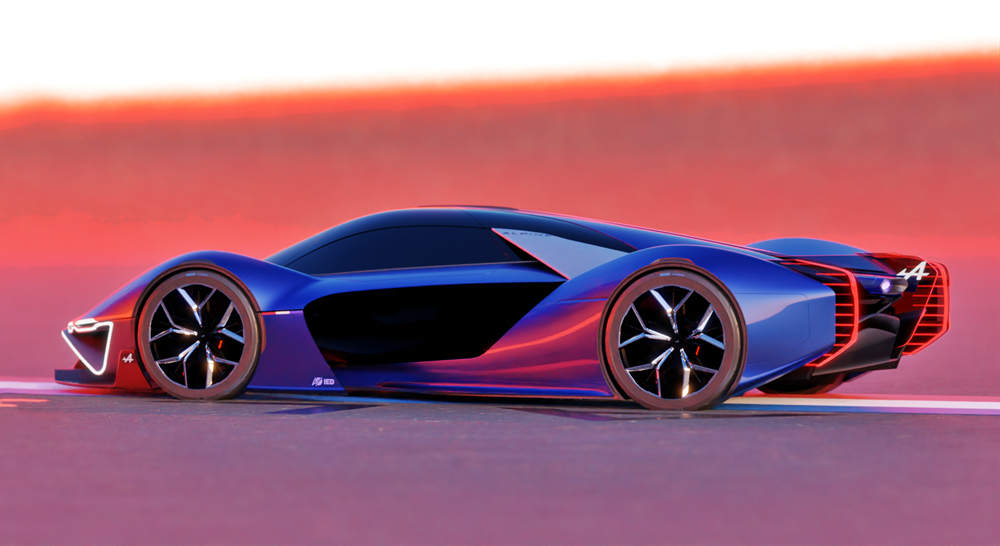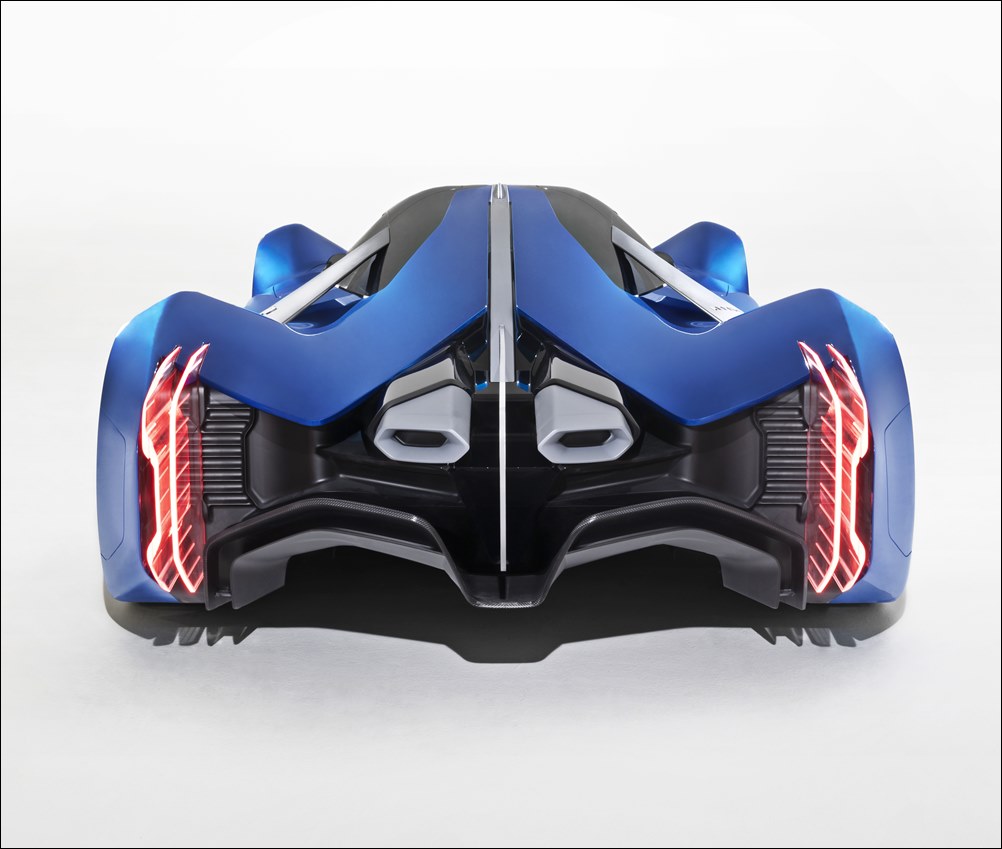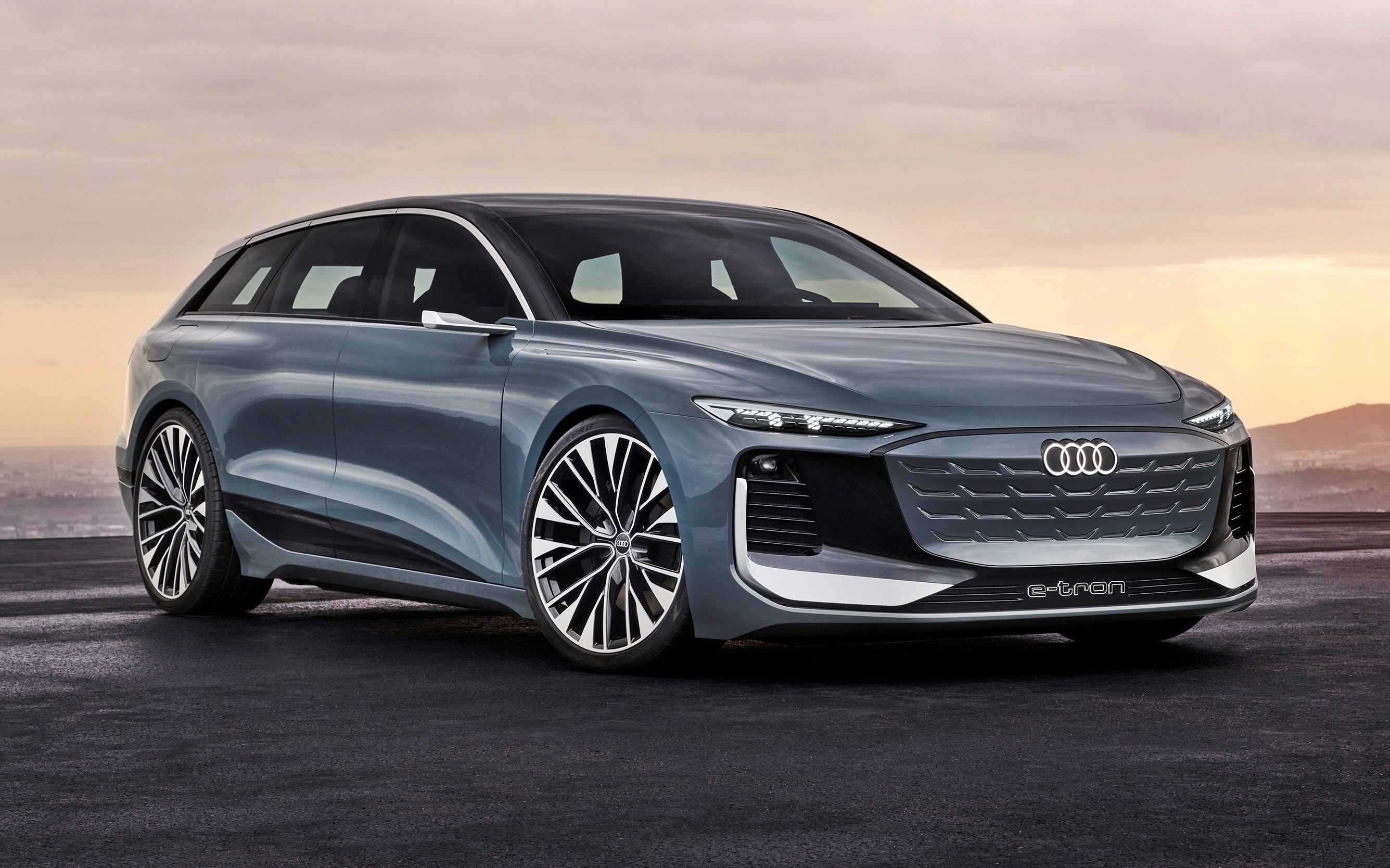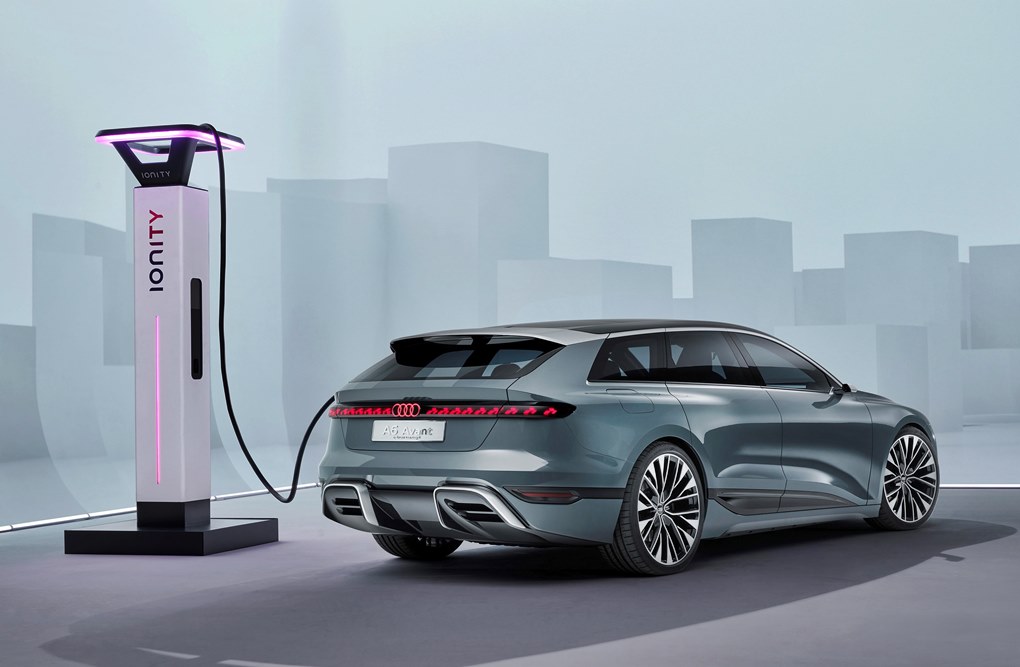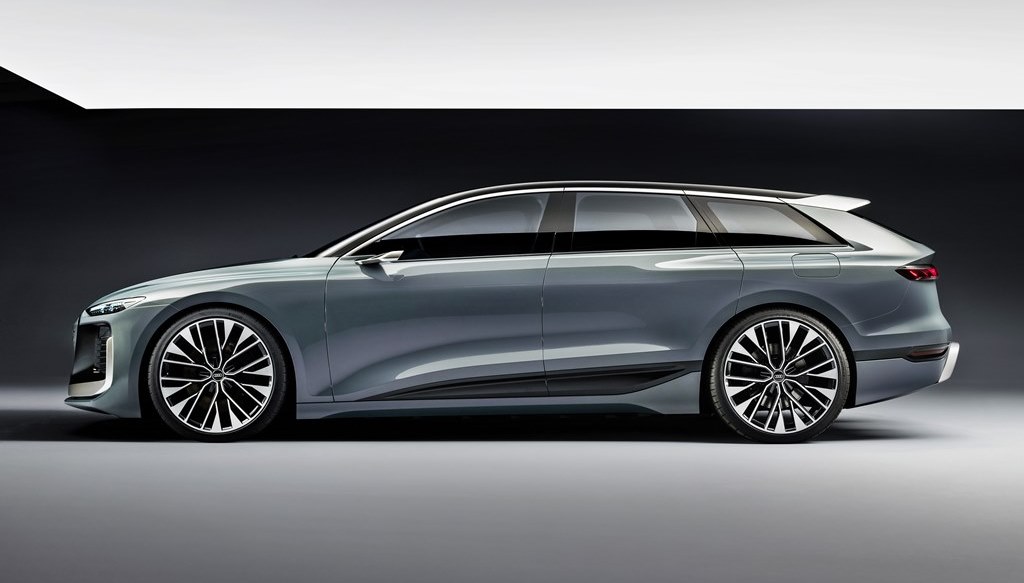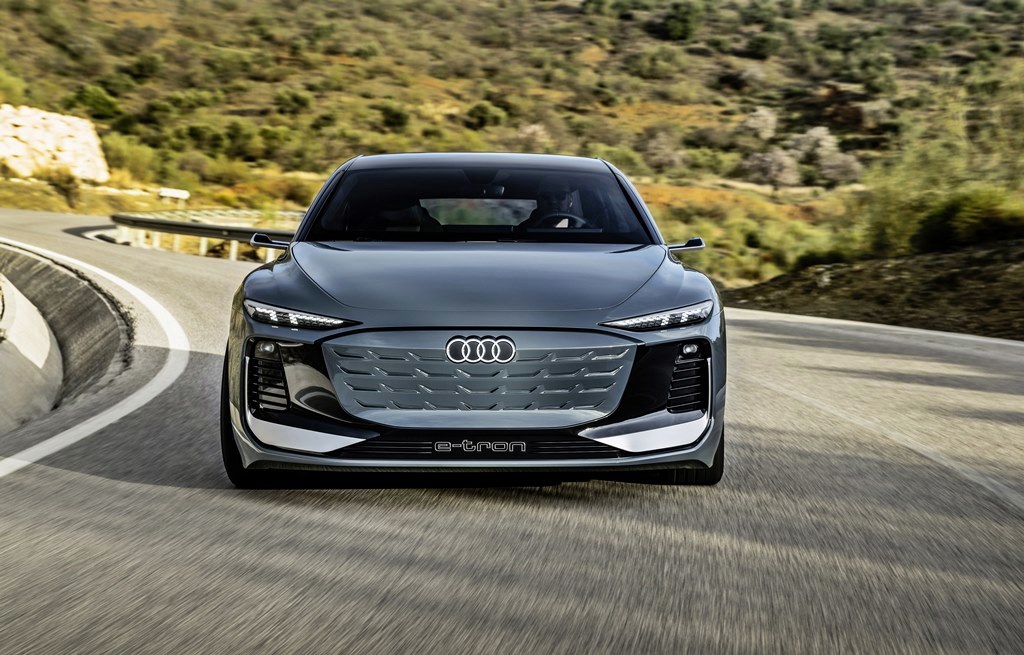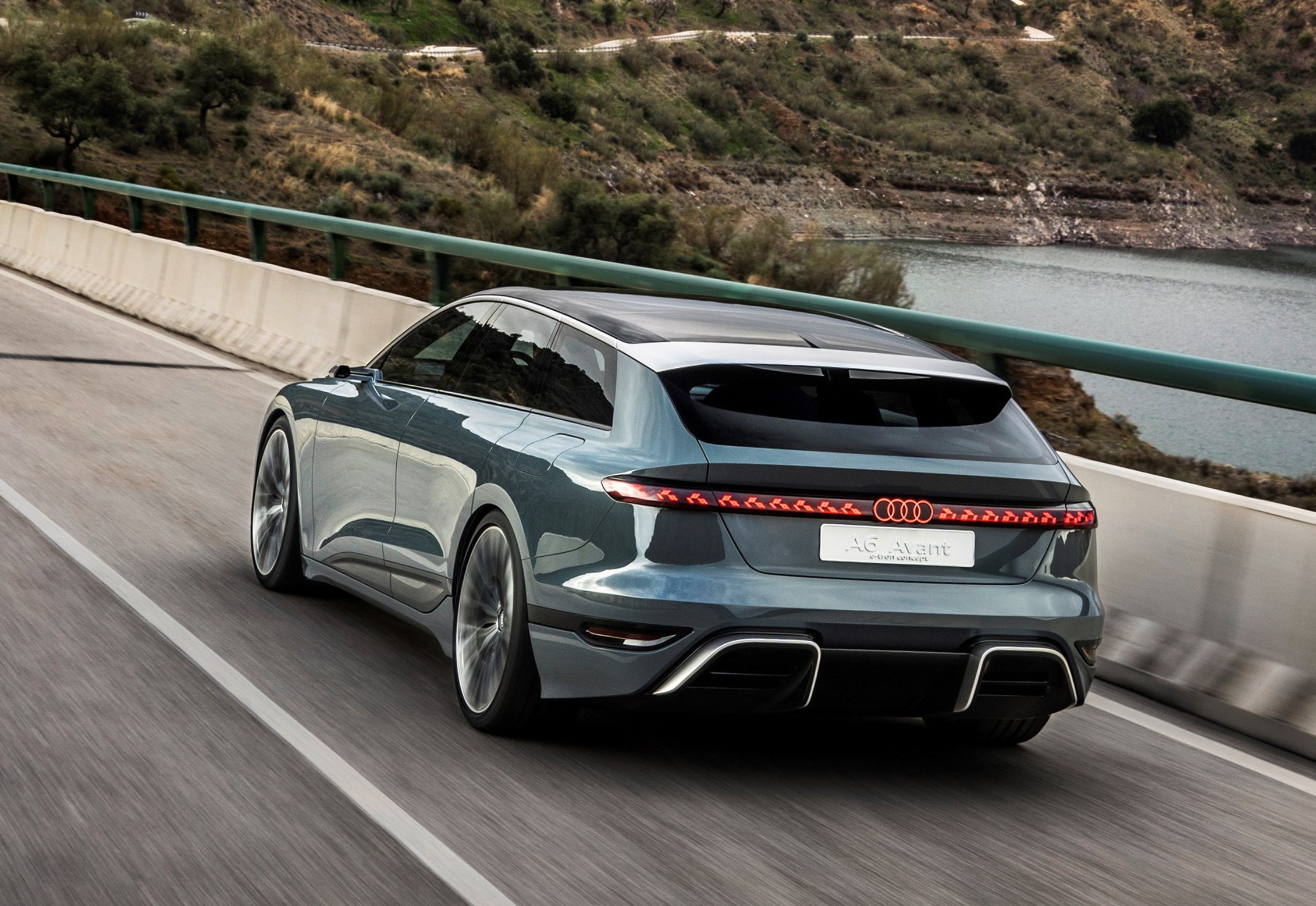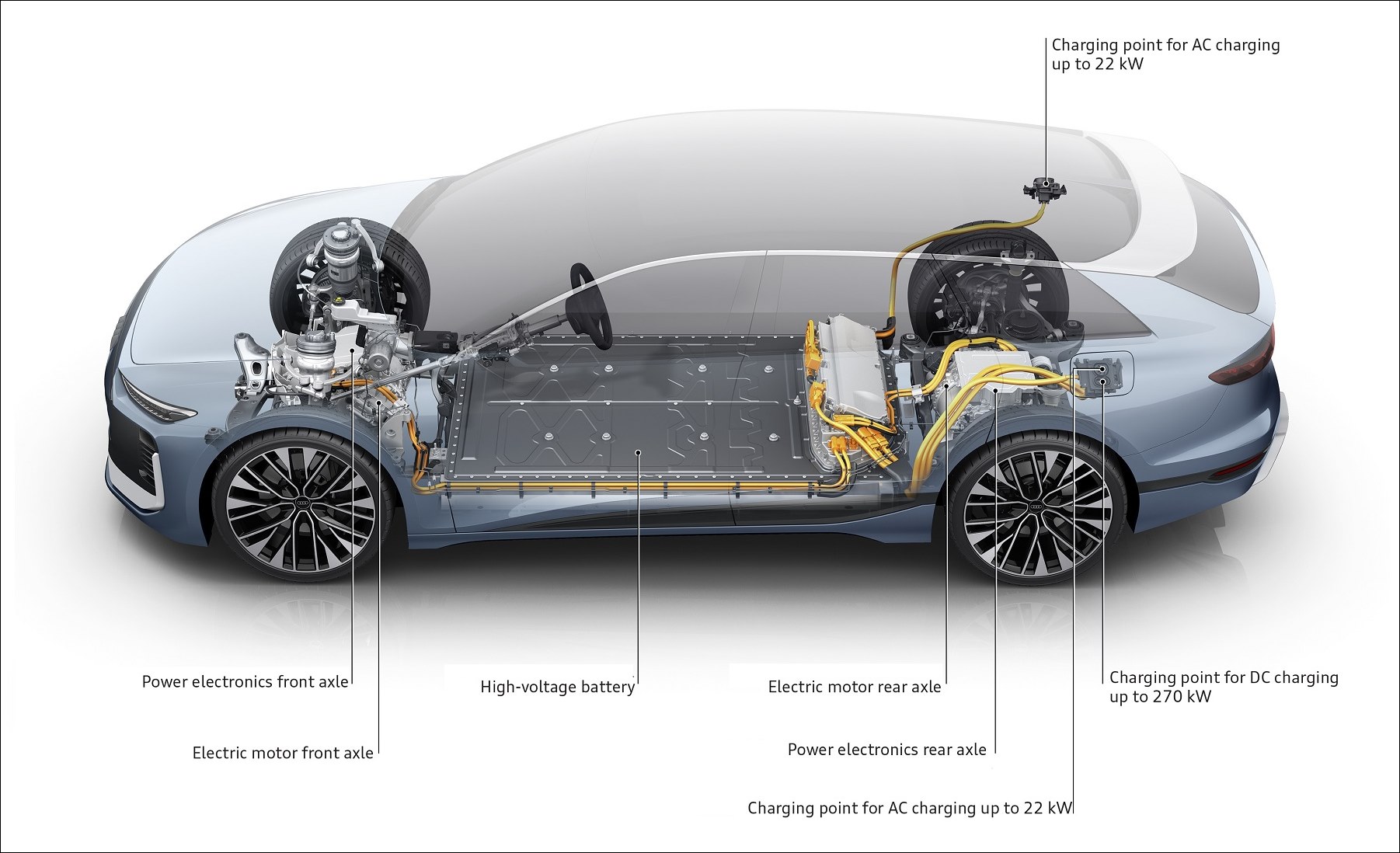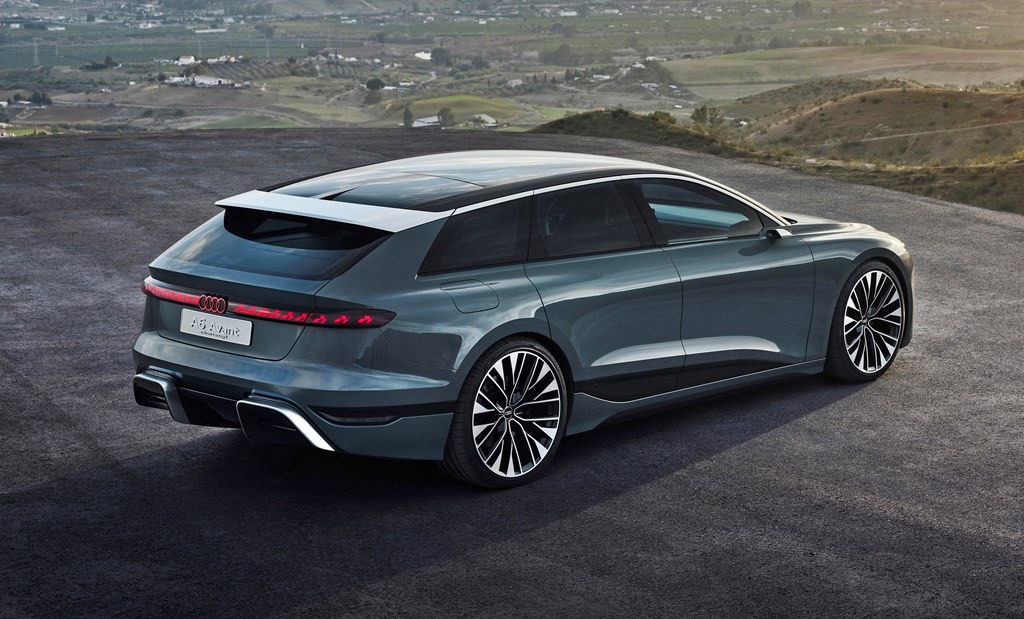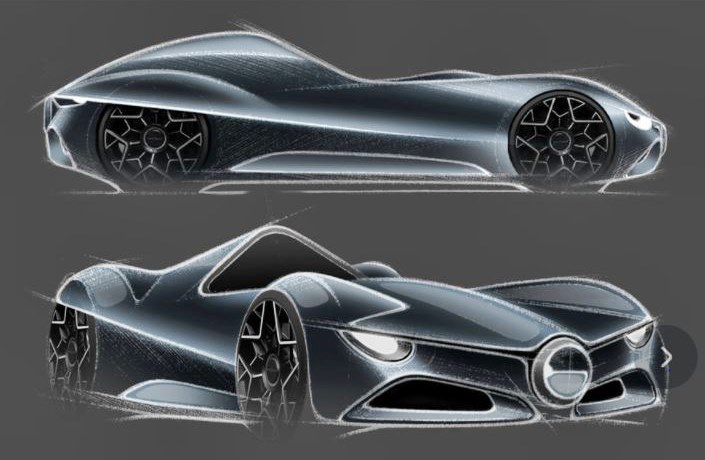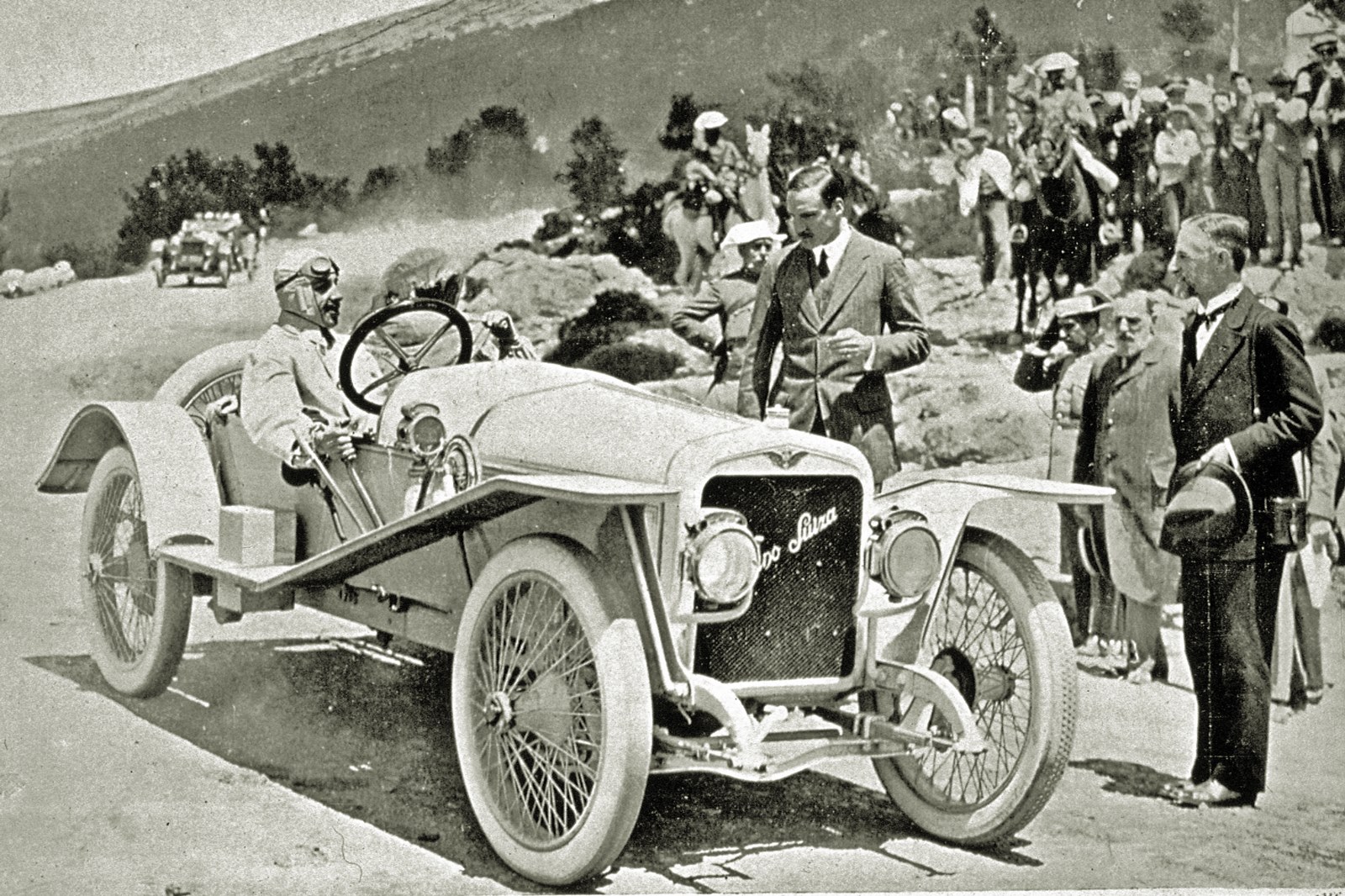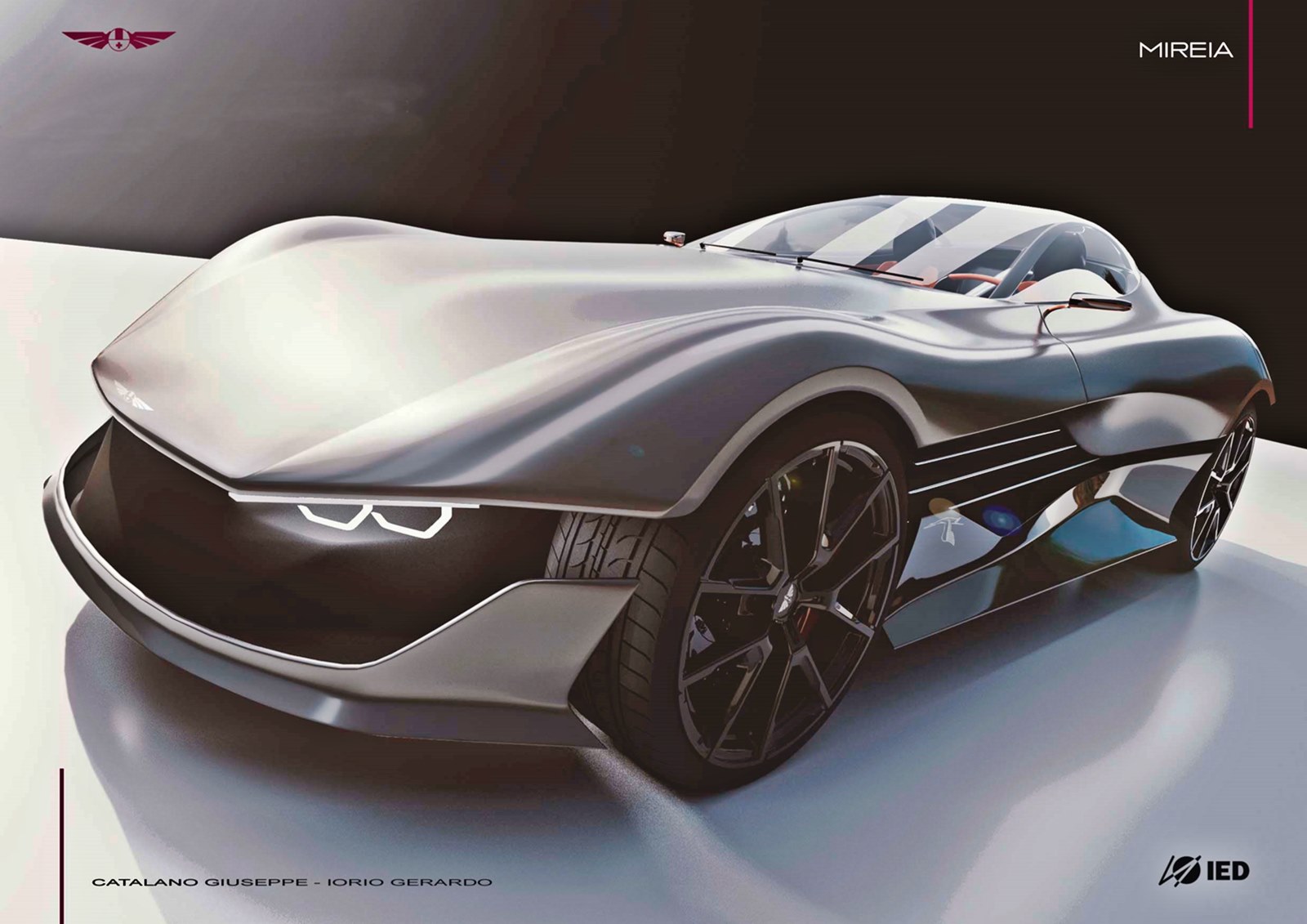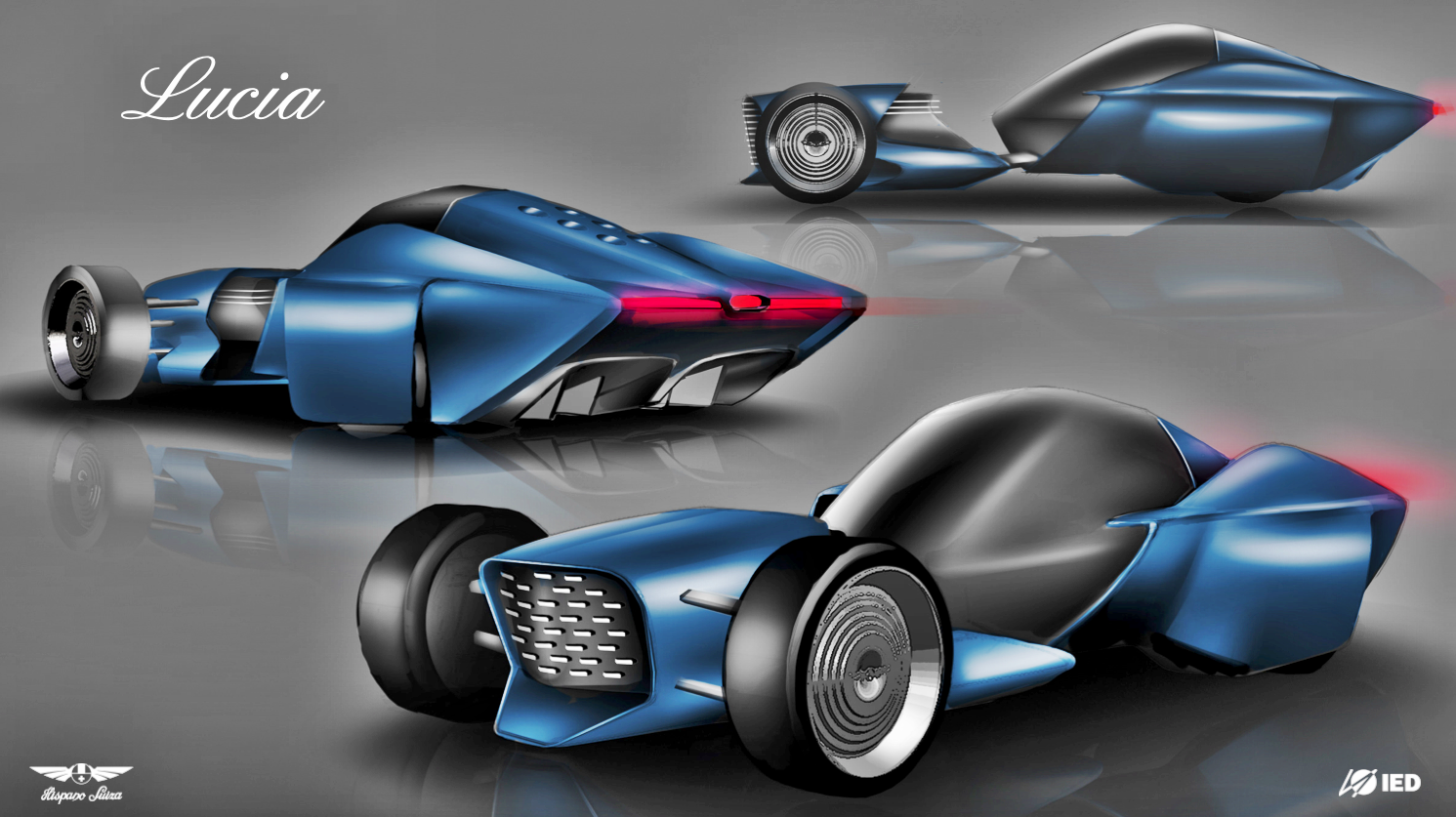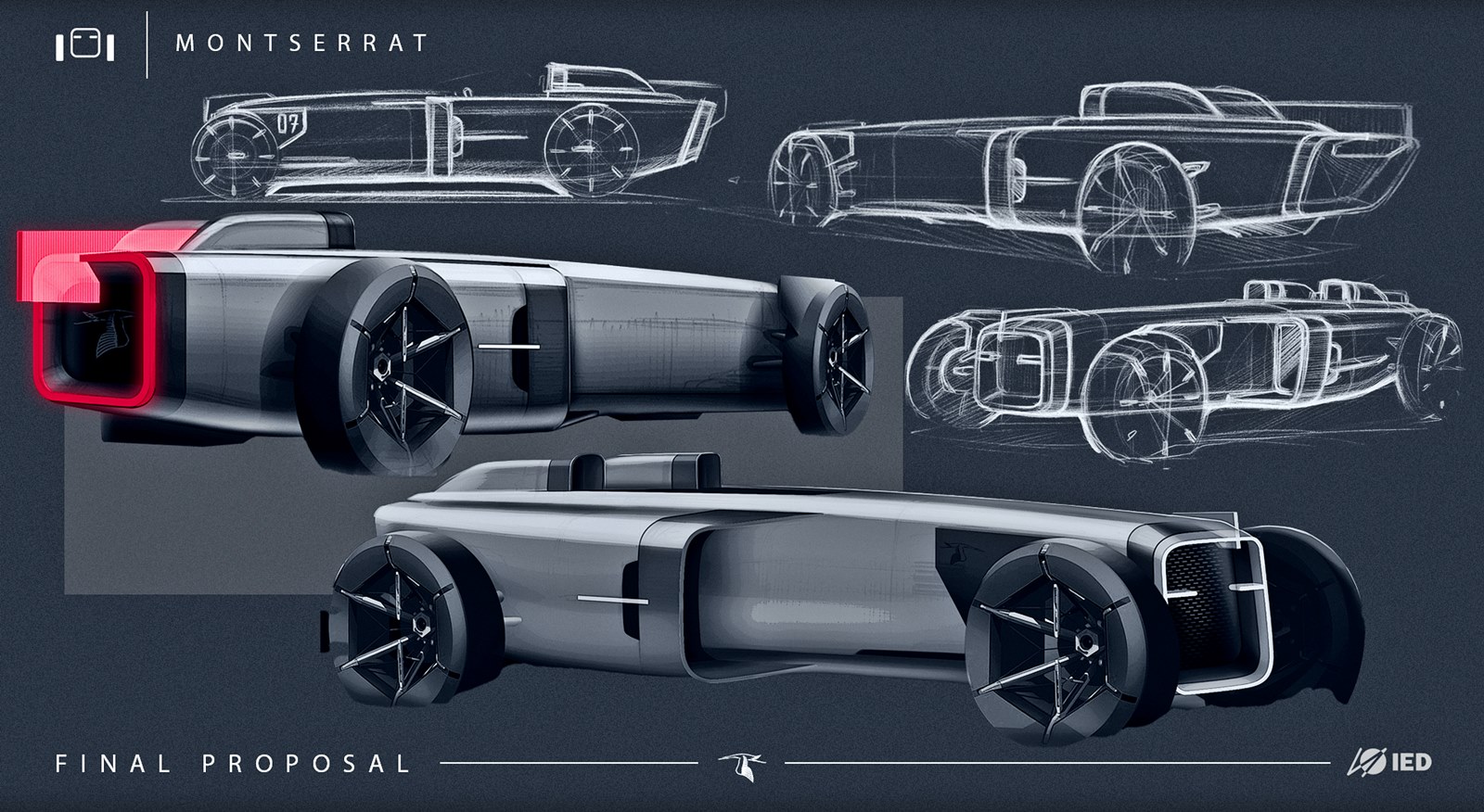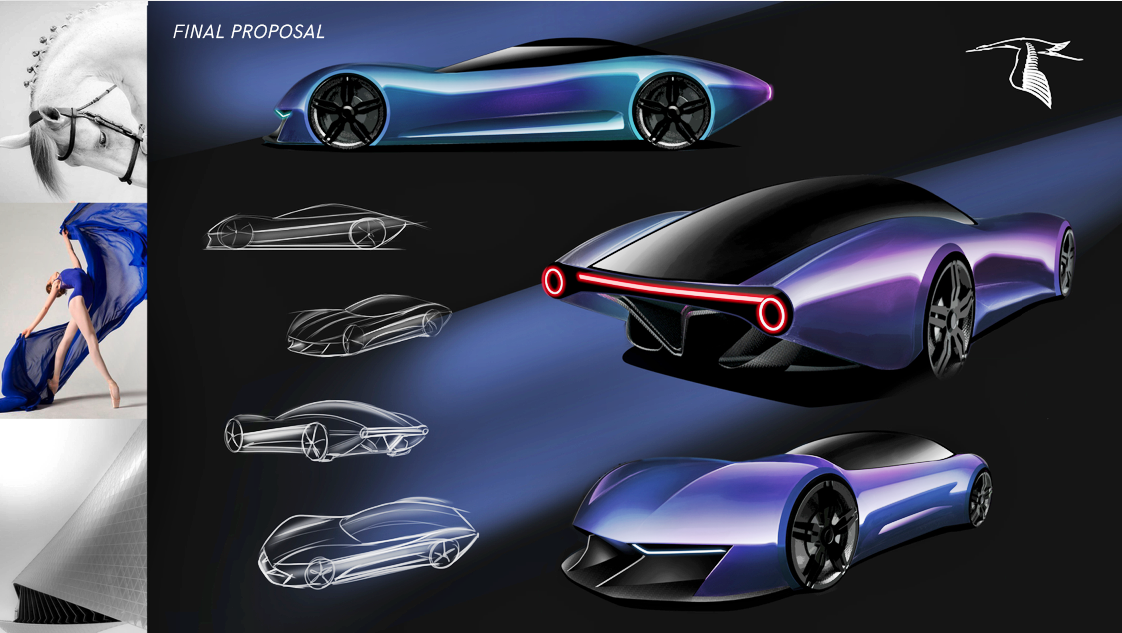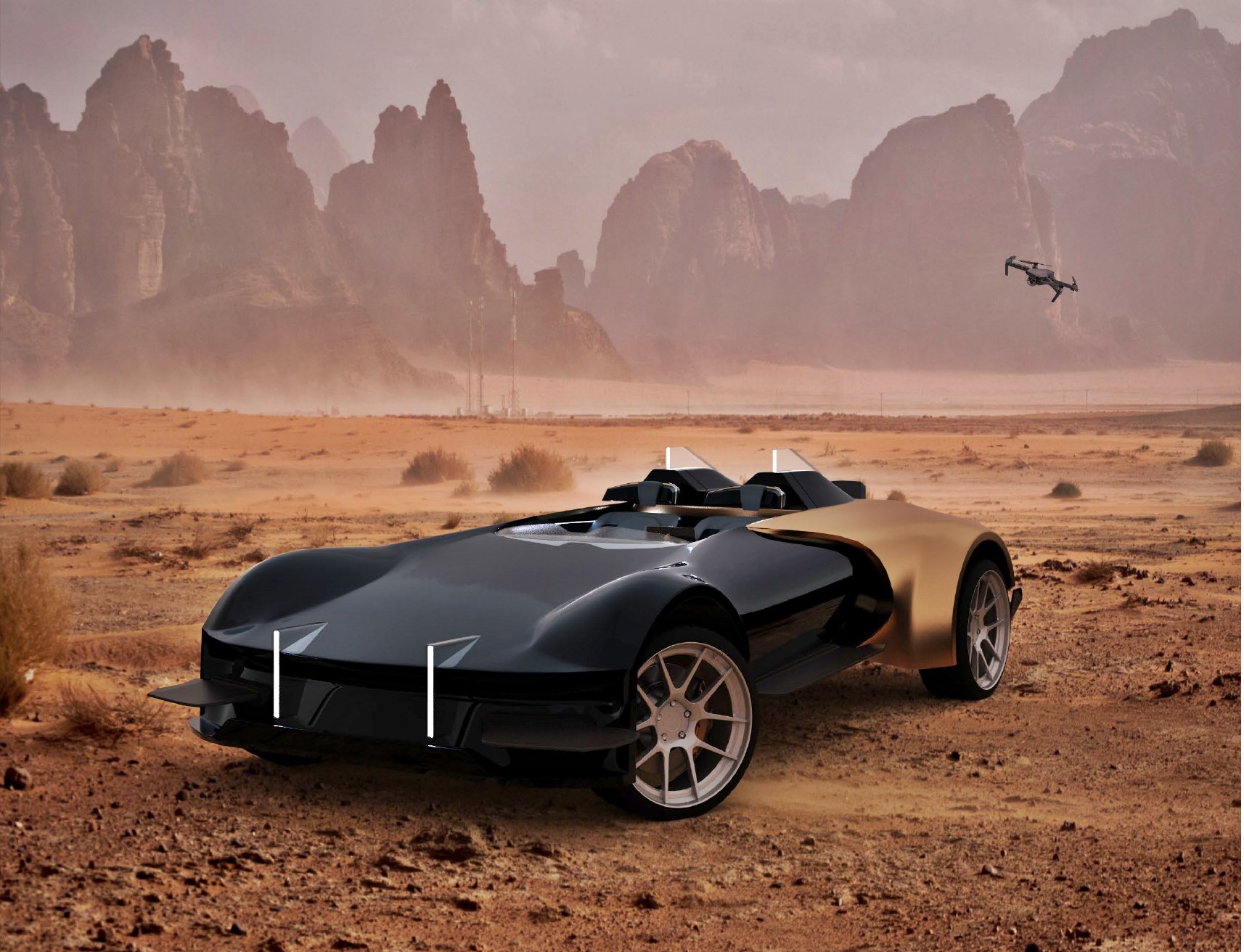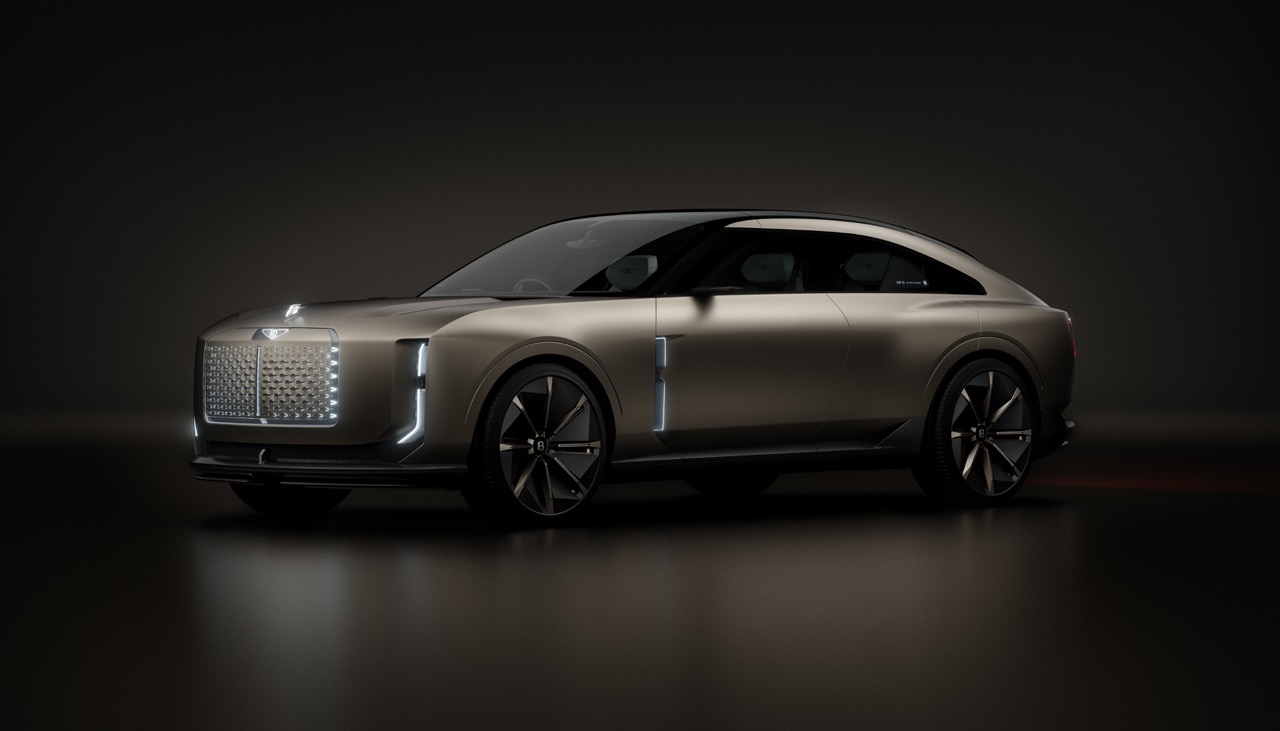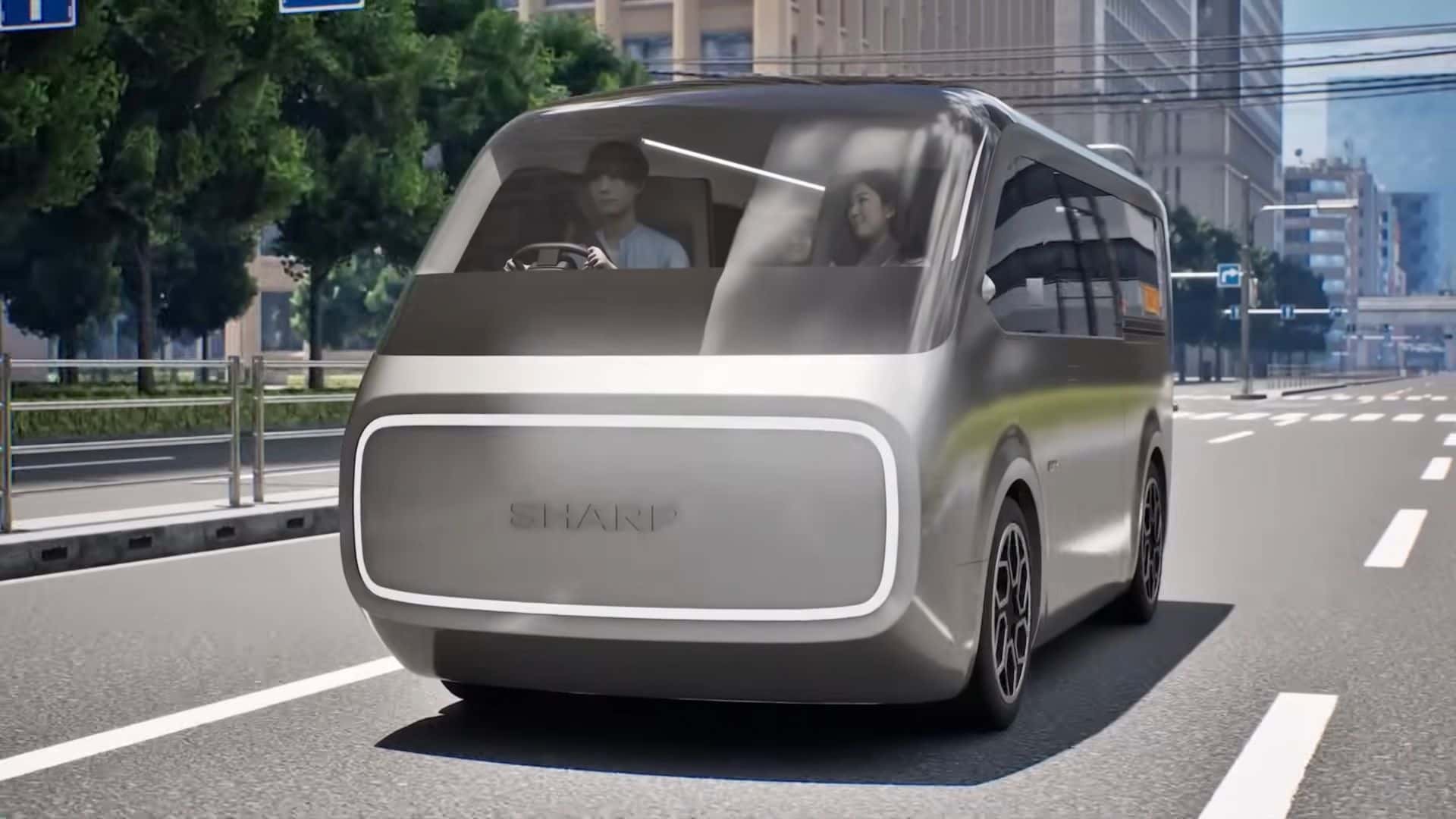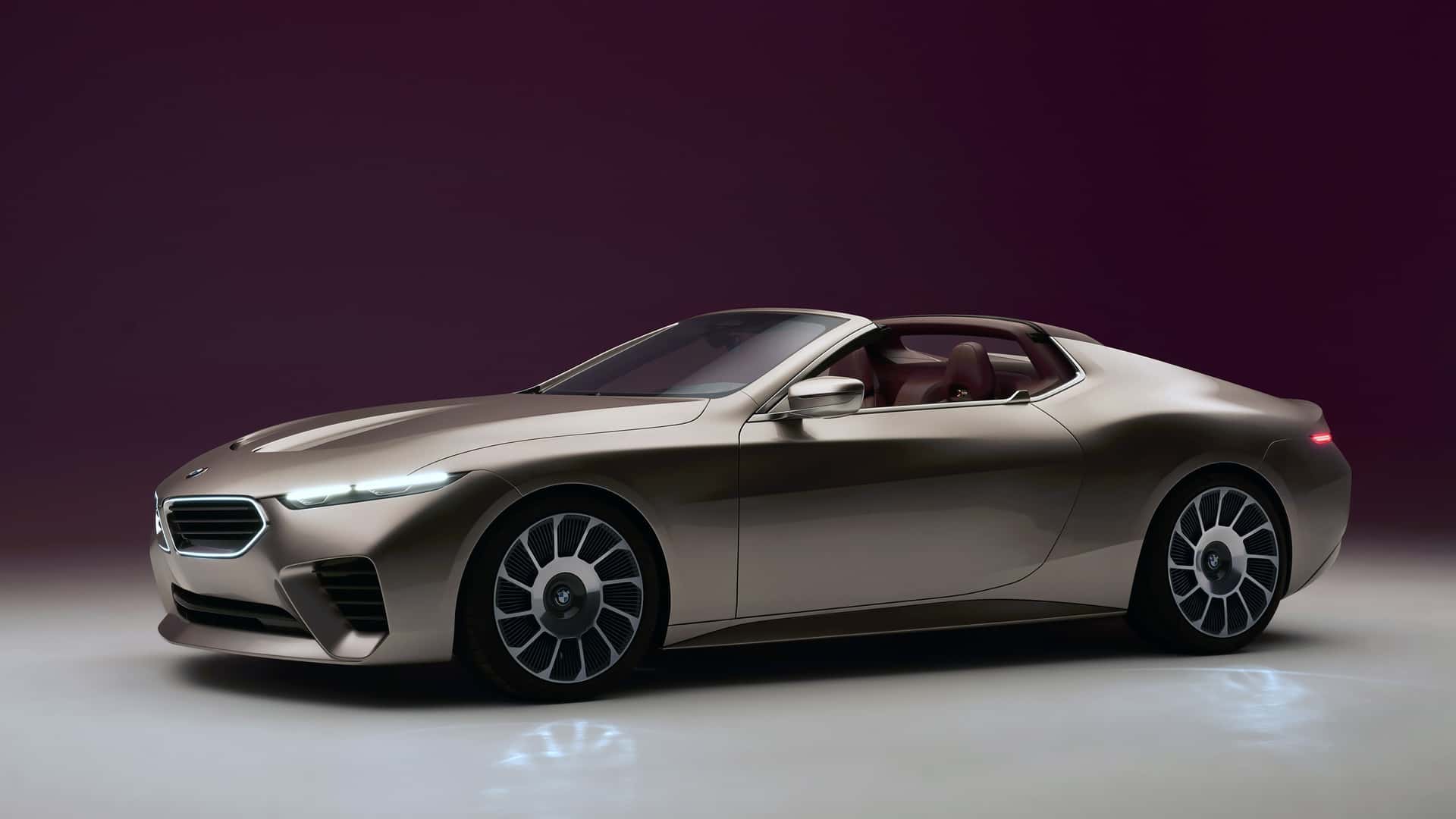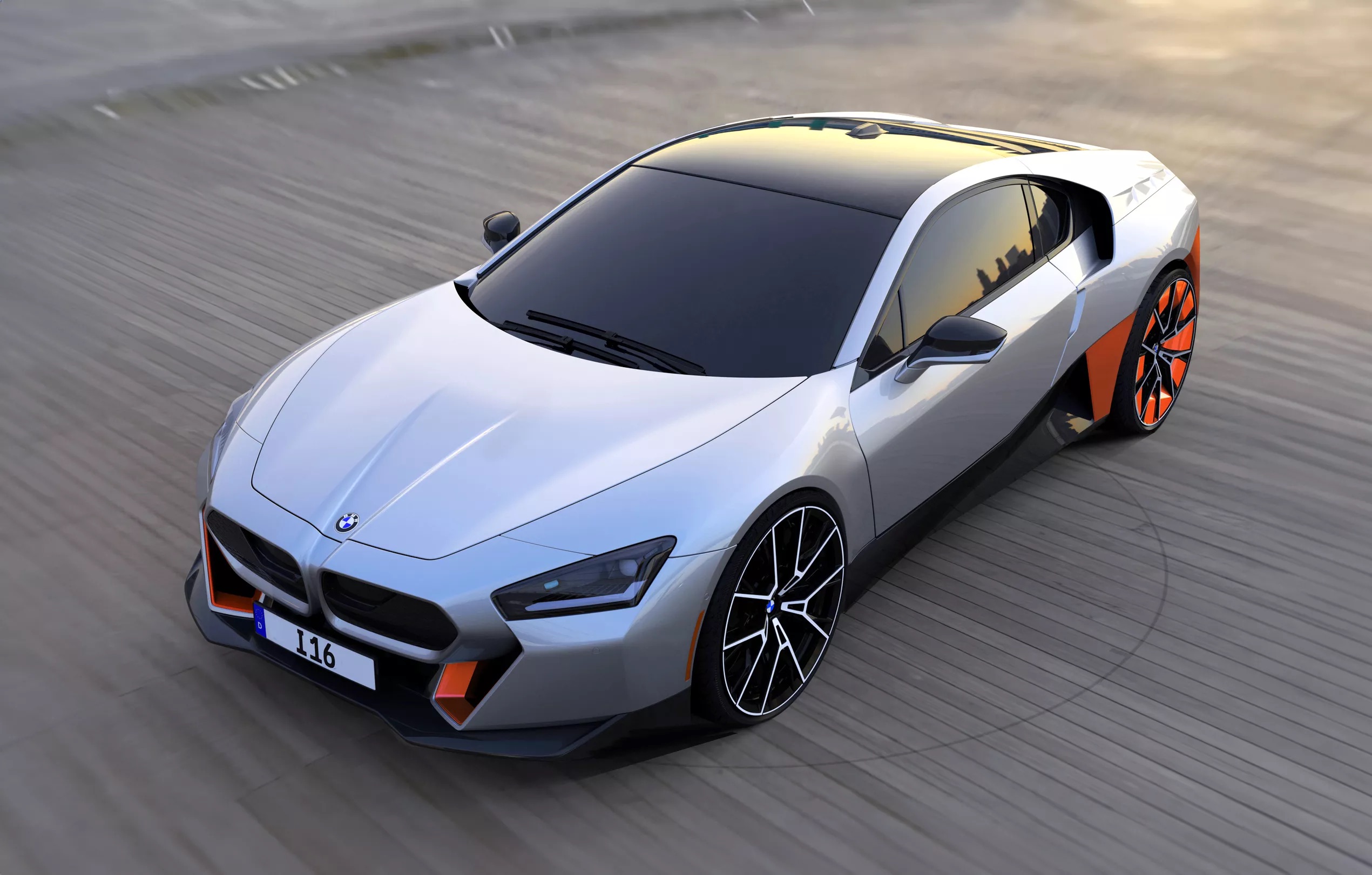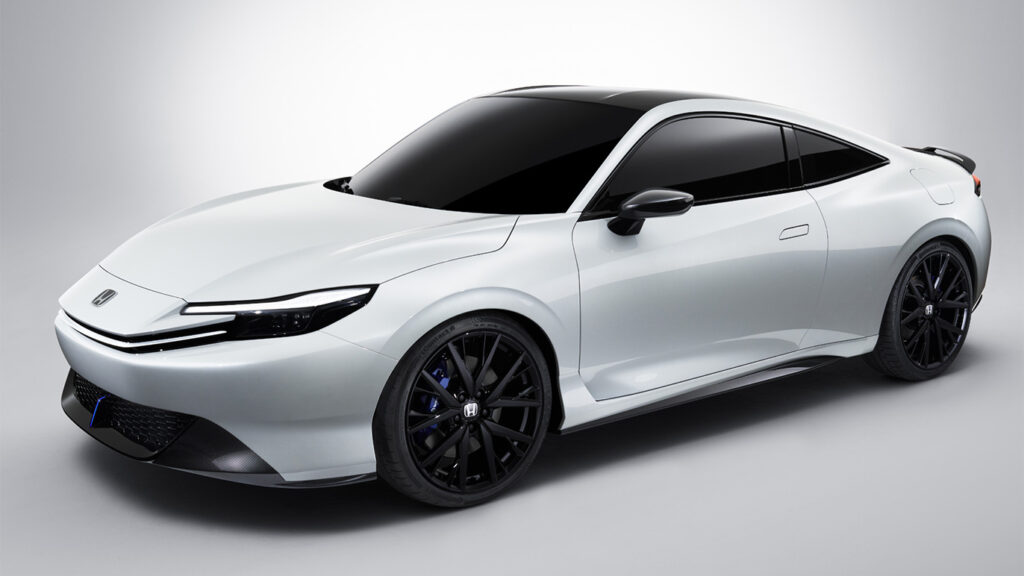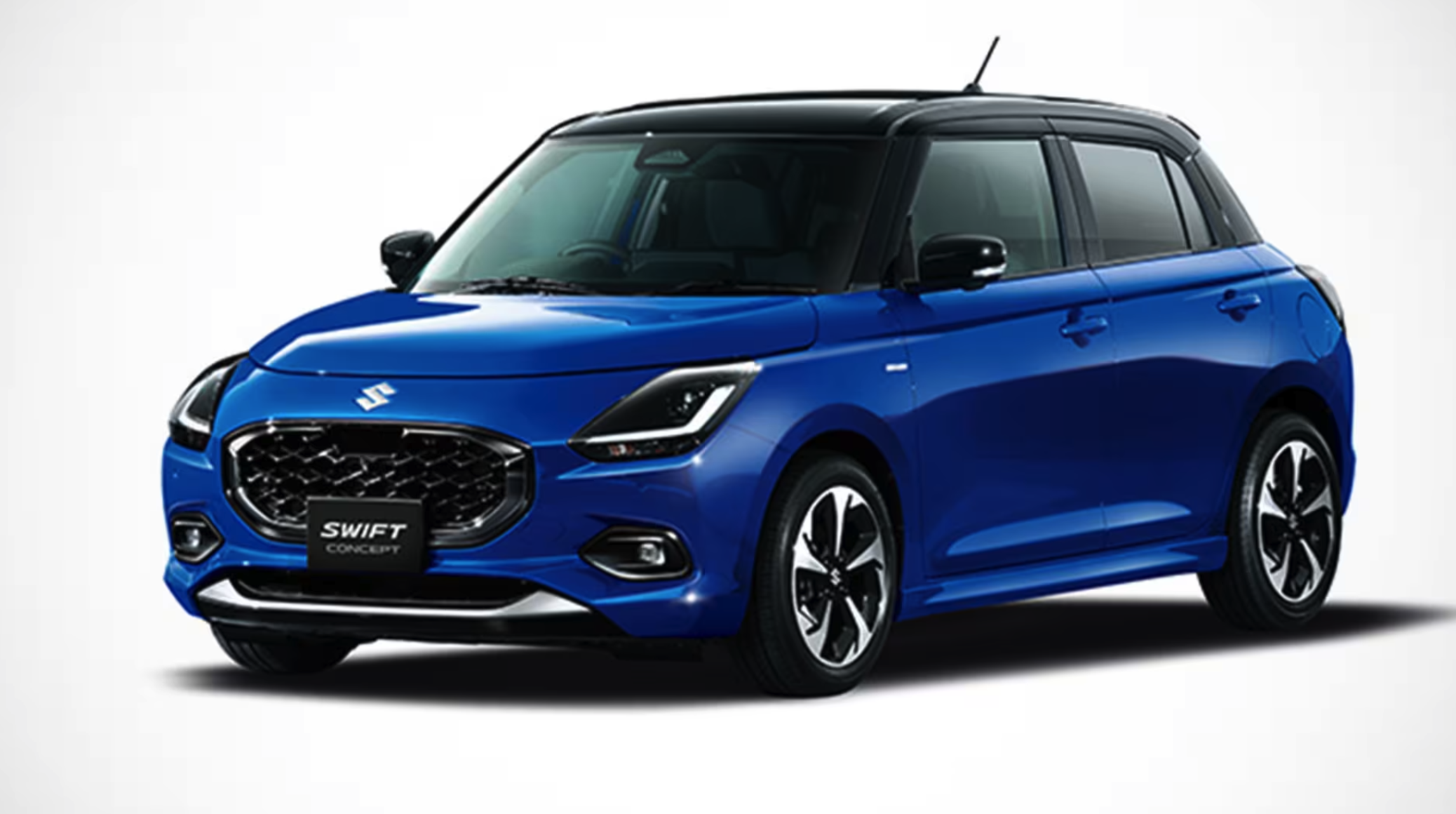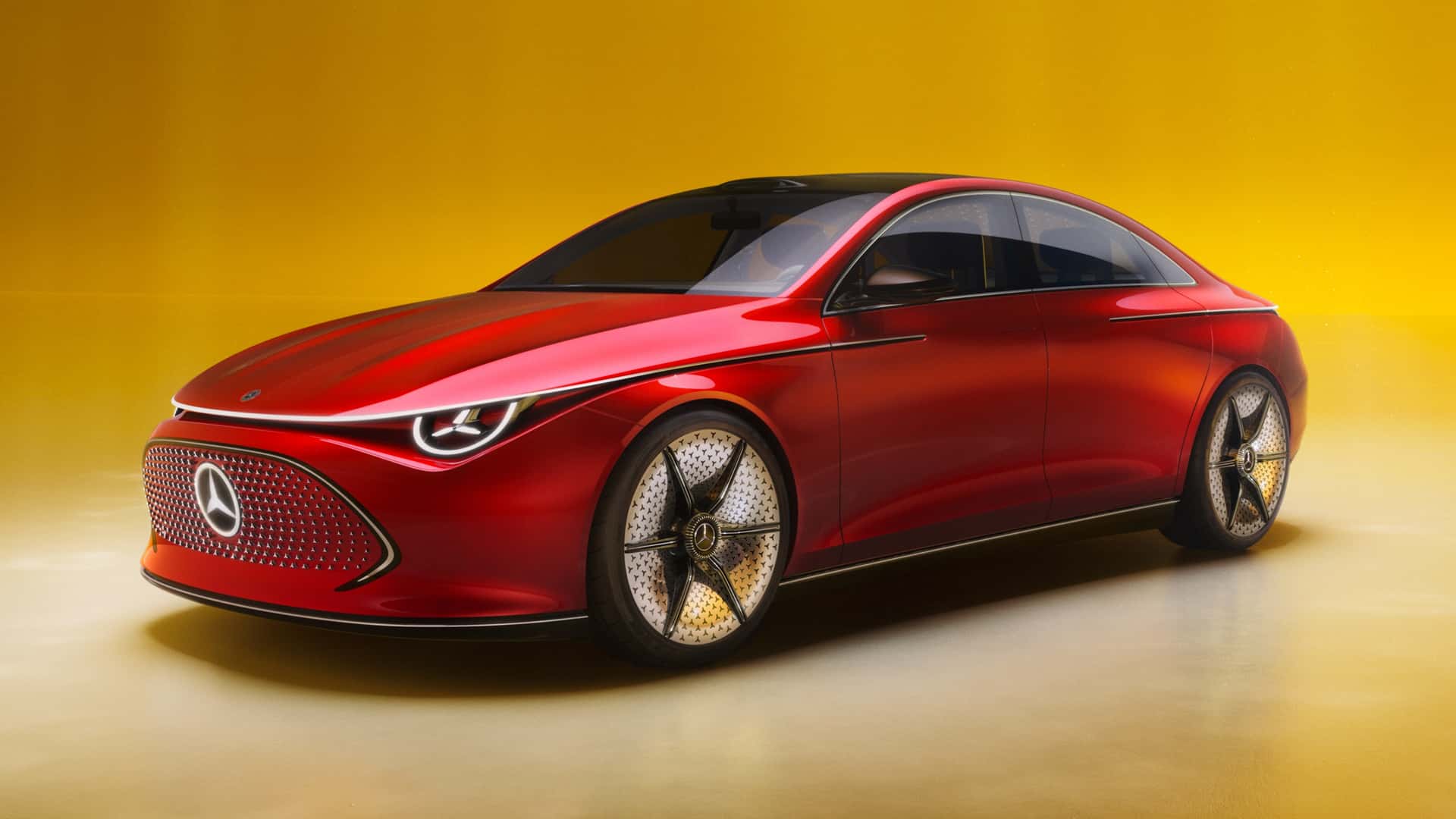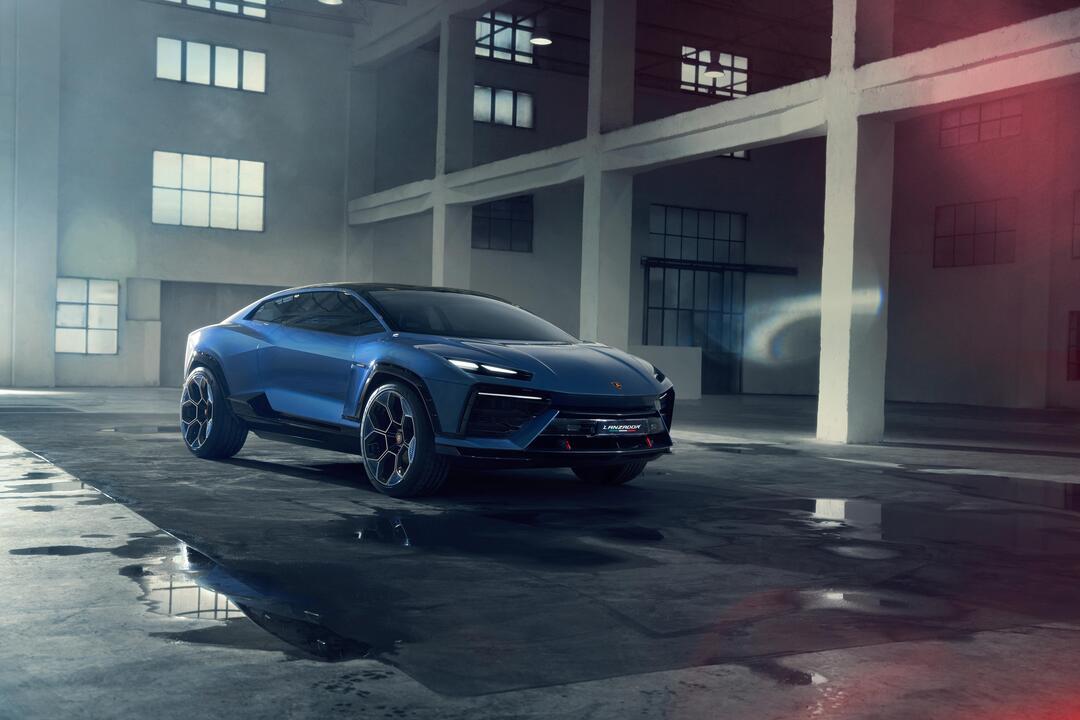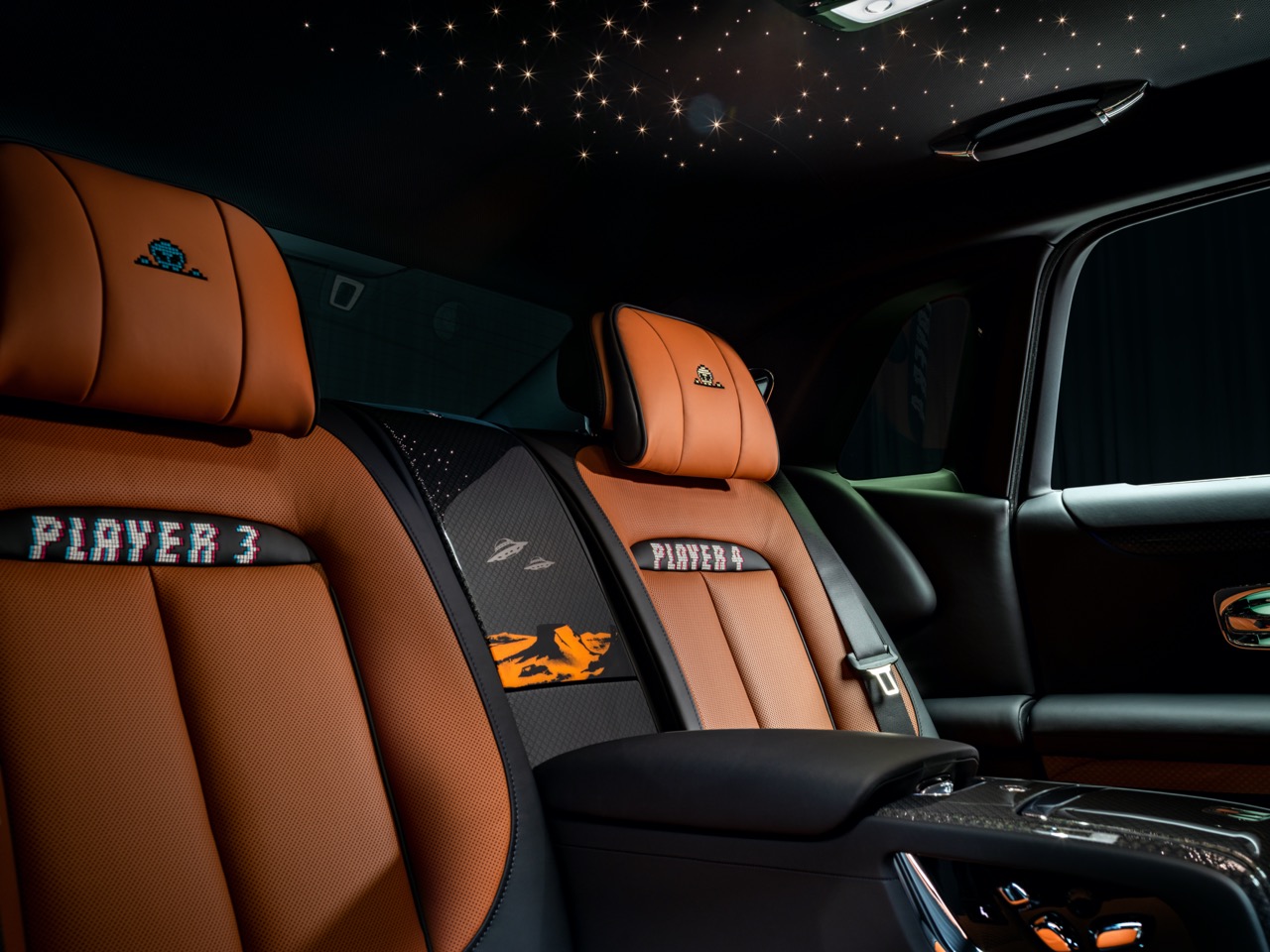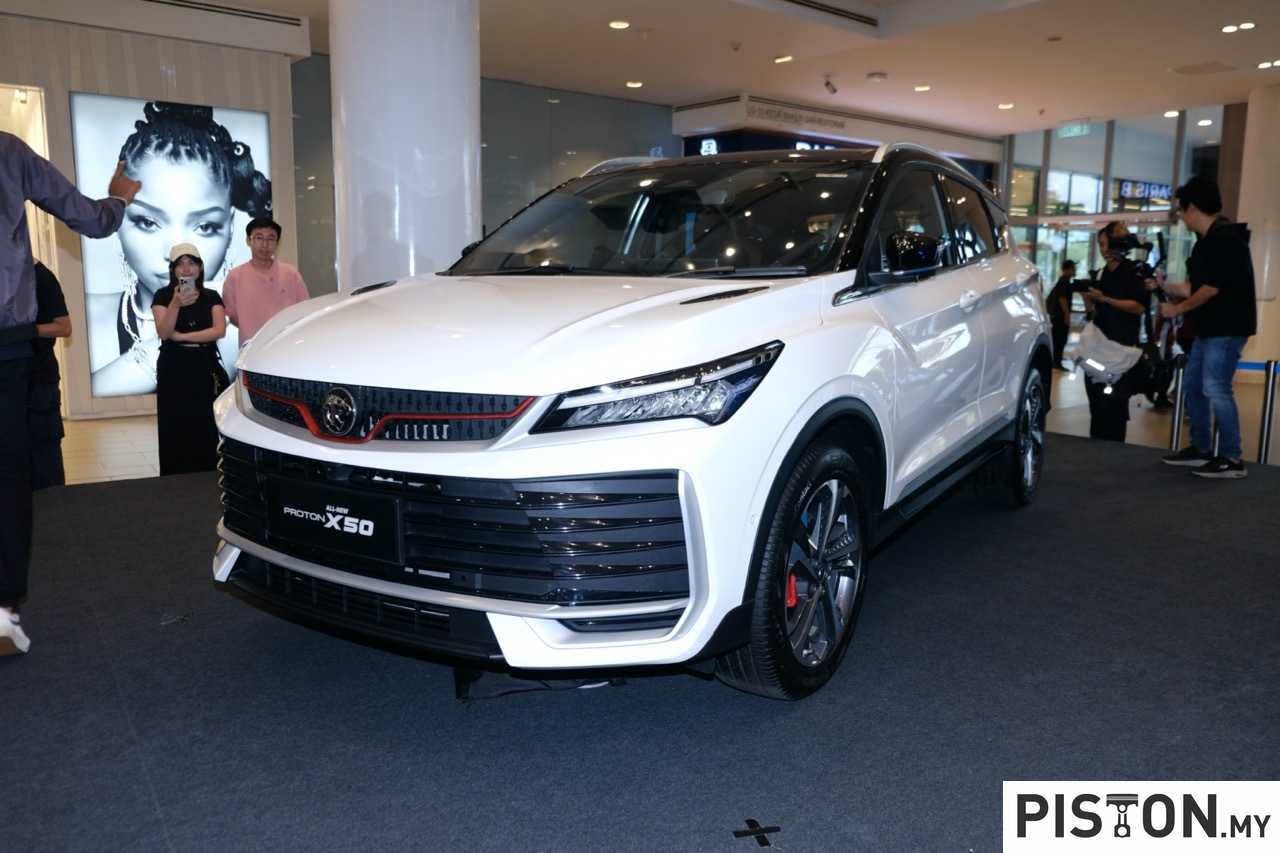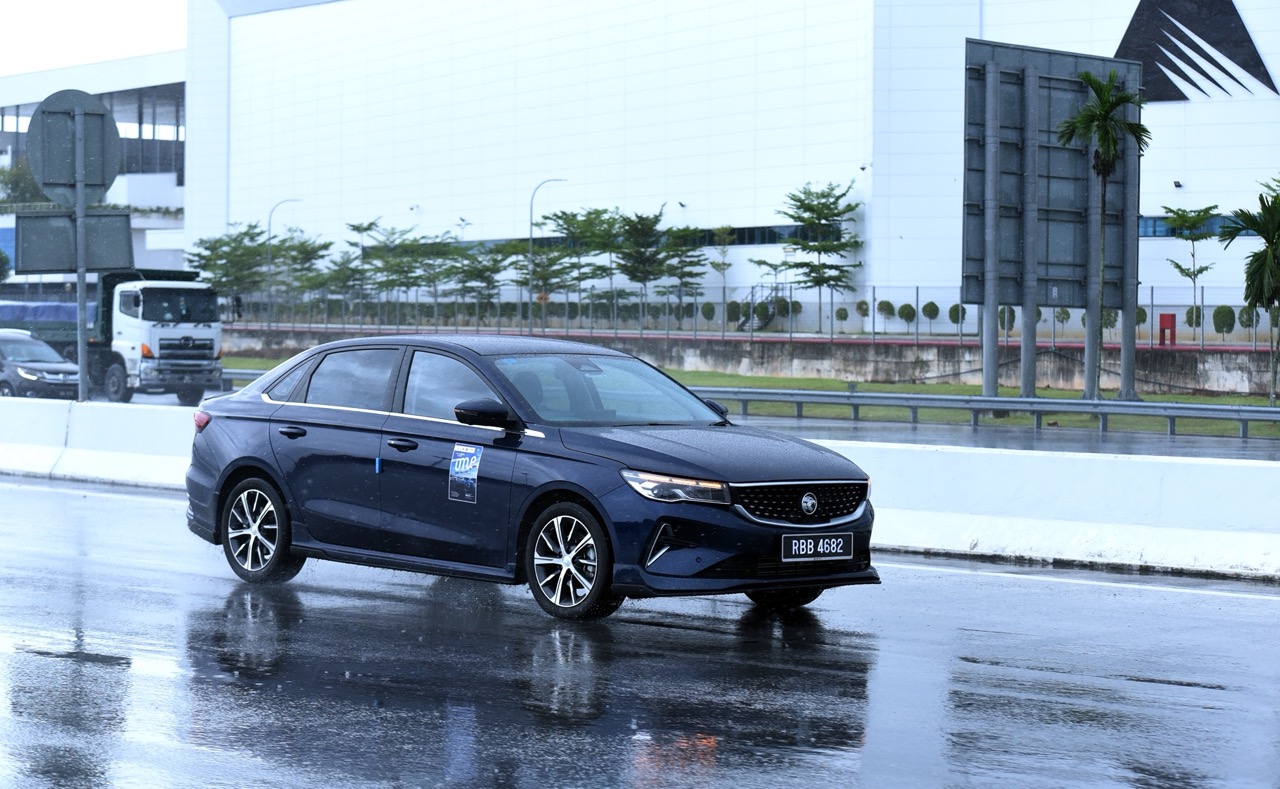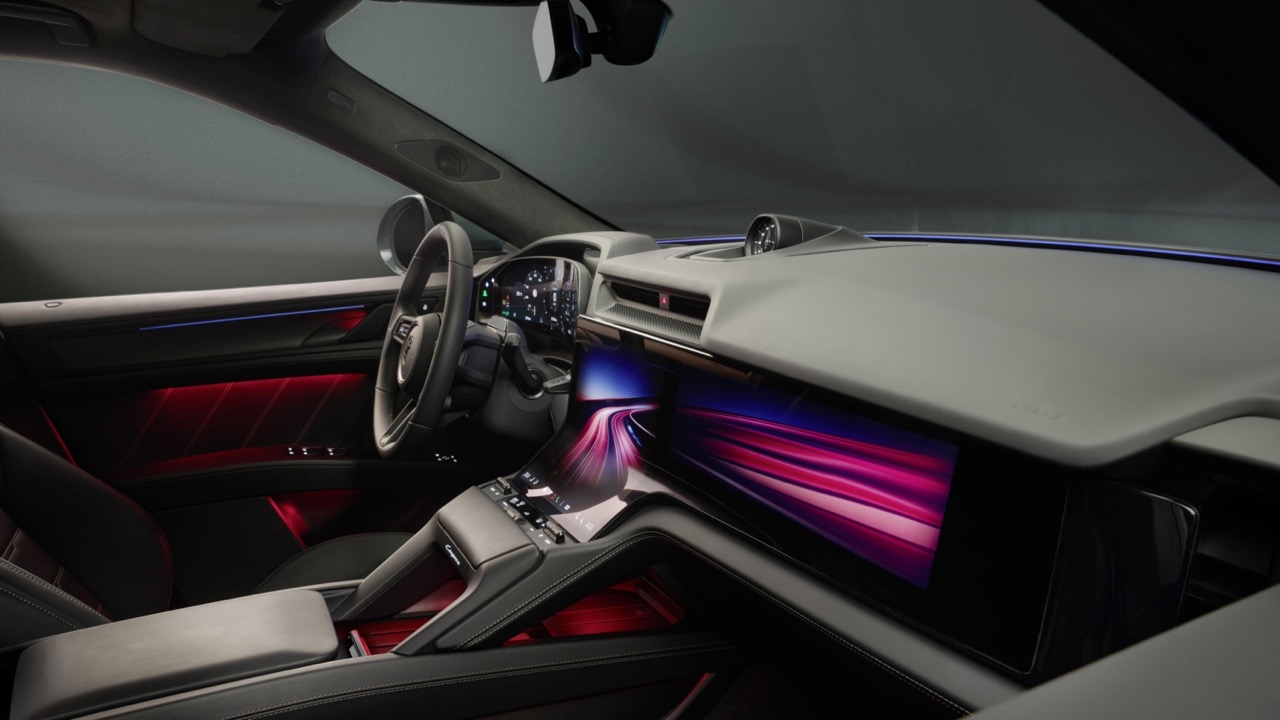Over the 100 years that it has been part of the Ford Group, Lincoln has offered luxury models in the same way that Cadillac has done for General Motors. This year, on its 100th anniversary (it was actually founded in 1917), the company is showing how its products will look as it moves ahead in the new era of electric vehicles (EVs).
The new design language which Lincoln cars of the future will use will maintain the core tenets of beauty, human, gliding and sanctuary. “As Lincoln enters the next chapter in our transition to a zero-emissions future, the Lincoln Star Concept will lead the way for our portfolio of fully electric vehicles. It is an excellent example of how we are redefining luxury for the next generation as we work to transform the vehicle into a third space – a true place of sanctuary – for our clients,” said Joy Falotico, President of Lincoln, when introducing the company’s new concept car.
The new design language is applied inside and out, with thoughtful design details, connected experiences and clever solutions to create the ultimate sanctuary for customers who travel in the Star Concept.
A study of experiences
“Electrification is removing many traditional vehicle design constraints, allowing us to reimagine what a vehicle can be,” said Anthony Lo, Chief Design Officer, Ford Motor Company. “The Lincoln Star is a study of experiences and themes that push the boundaries of Lincoln design – and it’s just the start.”
Relating to the evolved design language of Lincoln, the silhouette is sleek and dynamic, expanded to create a striking effect. Whether stationary or in motion, the concept uses design, light, displays, scents and sounds to create an immersive experience for the occupants. Intelligent technology that enhances comfort, productivity and entertainment is deployed throughout to bring the romance of travel back in a uniquely Lincoln way.
Using light in a modern new way
The designers worked to create harmony throughout by using light in a modern new way. Illuminated crystallines, plus backlit doors, seats and exterior features elevate the architectural space to create the ultimate sanctuary. The new Lincoln star on the fascia lights up like a jewel – greeting clients upon approach while giving new meaning to the Lincoln Embrace welcome sequence.
Under the floor, the company’s rear and all-wheel-drive flexible BEV architecture and next-generation Lincoln Intelligence System make possible the new design thinking and connected experiences proposed in the concept. The flexible architecture means engineers and designers will be able to reimagine the additional interior space in new and exciting ways.
Lincoln Intelligence System
The new Lincoln Intelligence System takes the definition of ‘digital assistant’ to a new dimension, enabling experiences such as connected vehicle-to-vehicle and infrastructure capabilities. These would include next-generation driver-assist features such as ‘Help Me See’ and ‘Park for Me’.
A reimagined sanctuary
Both in design and colour composition, the interior is uniquely partitioned into first and second-row areas. The entire cabin experience in both rows is premium, with extra-spacious wraparound seating, reclined lounge posture, individual lounge legrests and curated storage for devices and slippers. A luxurious glass beverage chiller is neatly integrated between the back seats.
The feeling of spaciousness is enhanced with 3D-printed metal latticework on the A-pillar along the windshield and the D-pillar at the back window of the Lincoln Star Concept – visible from the inside out. These transparent pillars, along with a full skylight with digital shade, invites natural light in to enhance the open, airy feel of the space.
A full-width curved horizontal display creates a digital panorama in which content flows seamlessly into an integrated centre control screen, then into the second-row screen. New materials such as leather and chrome alternatives and several unique finishes work in harmony to create a modern, luxurious experience.
Three rejuvenation moods join a new Lincoln Embrace sequence harmonizing audio, scenting and lighting throughout the cabin. A symphonic orchestration with crisp, high-resolution animations on the displays creates an immersive digital sanctuary. Whether stuck in traffic or just enjoying a few quiet moments after work, the rejuvenation moods provide a true sanctuary in a third space:
The three moods are built around the human body’s natural circadian rhythm of morning, day and evening. With the help of connected technology, the moods will offer content updates and ways for the occupants to personalize their settings into the future.
‘Boot’ at the front
The area no longer occupied by a combustion engine is converted into a front storage compartment, helping to liberate more space in the cabin. With electro-chromatic glass that changes from transparent to opaque, the front compartment is instantly recognizable, allowing light in when the car is in motion and darkening to hide stored valuables when parked. Underneath, illuminated first-row floors flow uninterrupted into the interior, creating an airy, open cabin.
A wing-shaped floating instrument panel, inspired by aircraft ailerons, emphasizes horizontal balance and equilibrium, while the Lincoln one-touch pedal is used for easy driving. The interior also features Lincoln Attache, a digital briefcase concept with a hidden compartment in the rear coach door that not only provides safe storage of tablets and laptops, but does double duty as a charge pad for devices and can seamlessly detect incoming wireless content. Finally, a reimagined rear cargo space features a lounge mode that transforms into a cozy, indulgent outdoor seat to bring the destination closer.
Lincoln plans to deliver three new battery electric vehicles (BEVs) which will account for more than half of its global volume, and it will add a fourth model by the end of 2026.
Audi urbansphere concept shows what the luxury MPV of the future could be like

